Weather Watcher
Weather Watcher
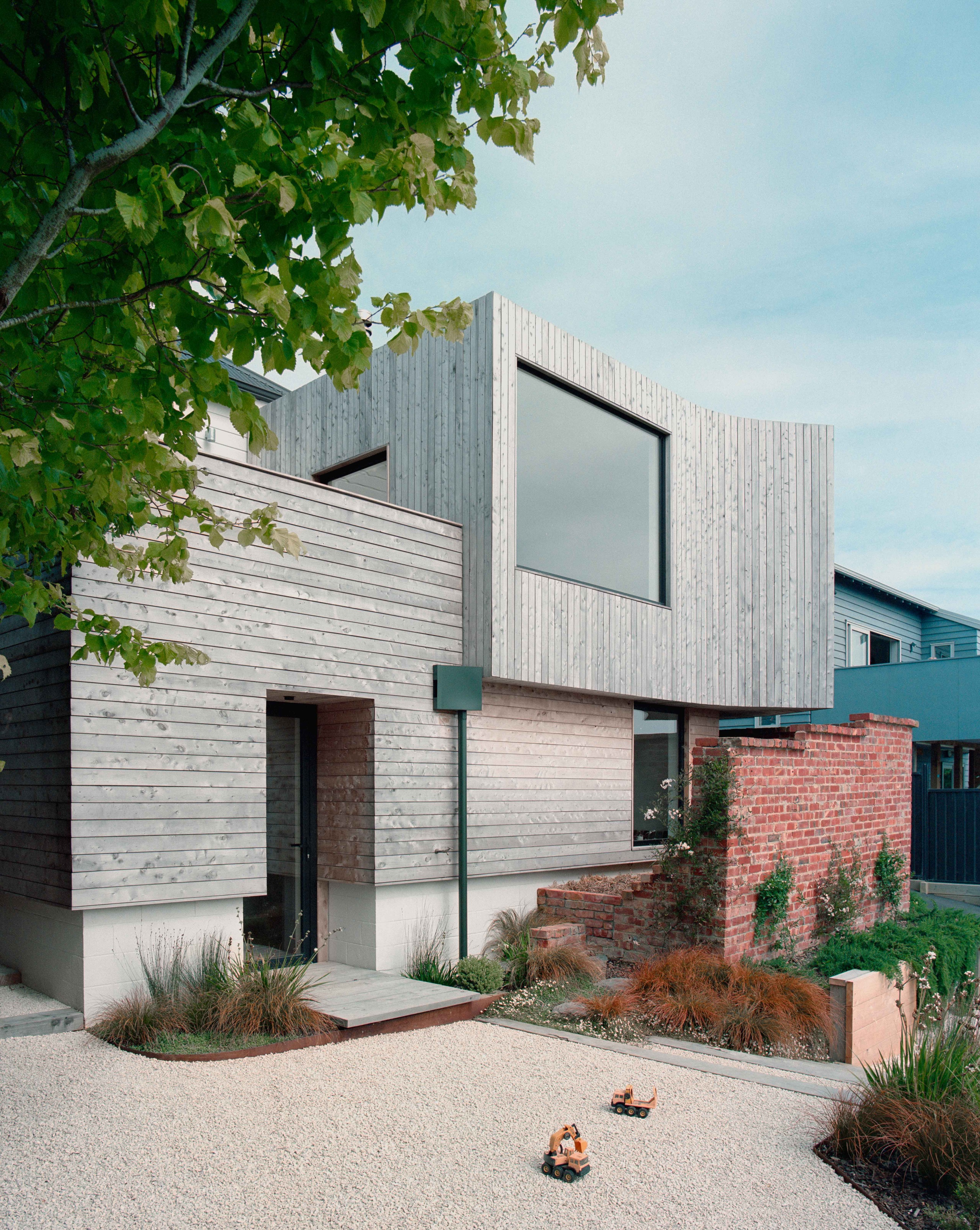
Weather Watcher — View from the West
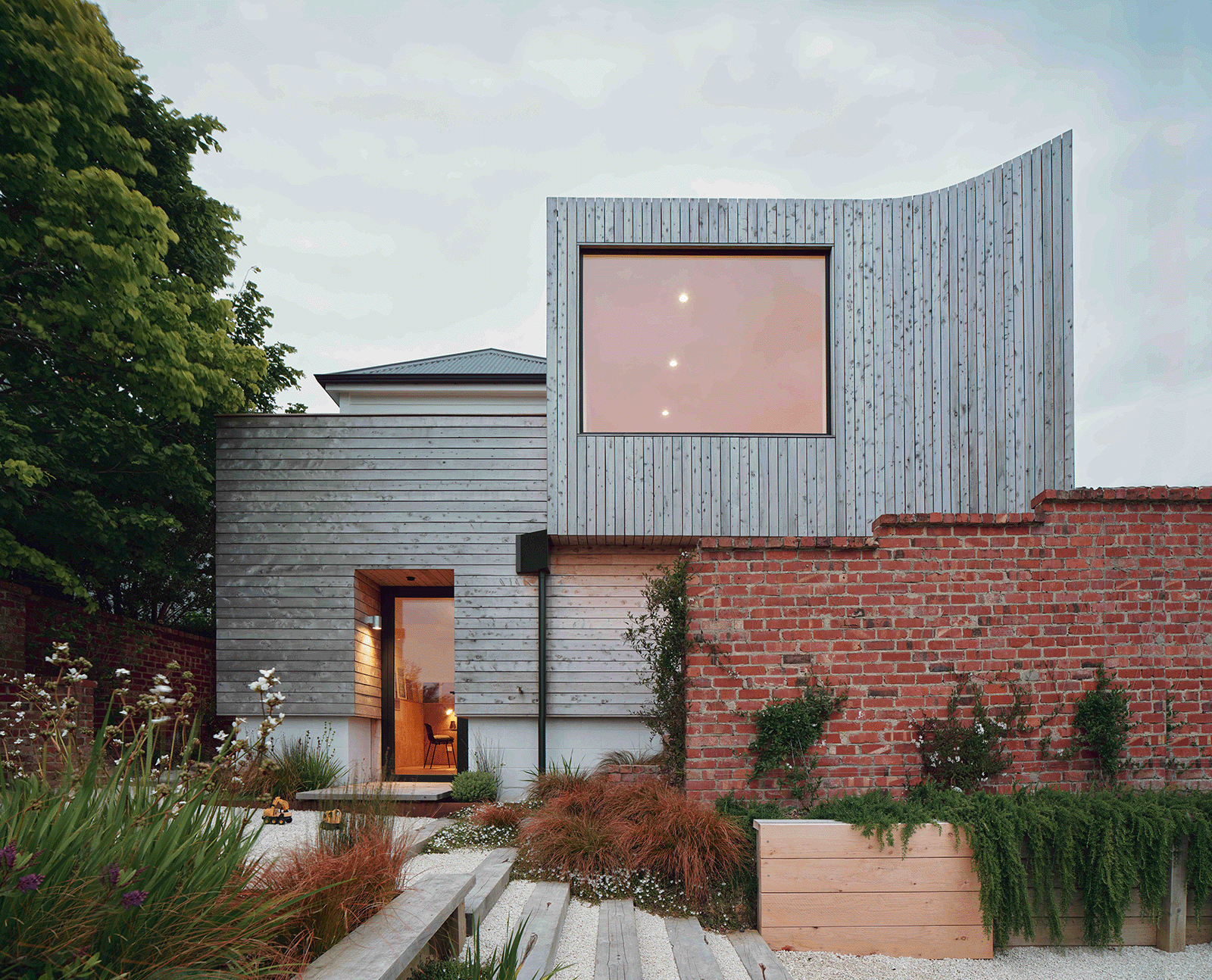
Weather Watcher — West Elevation

Villa entry —
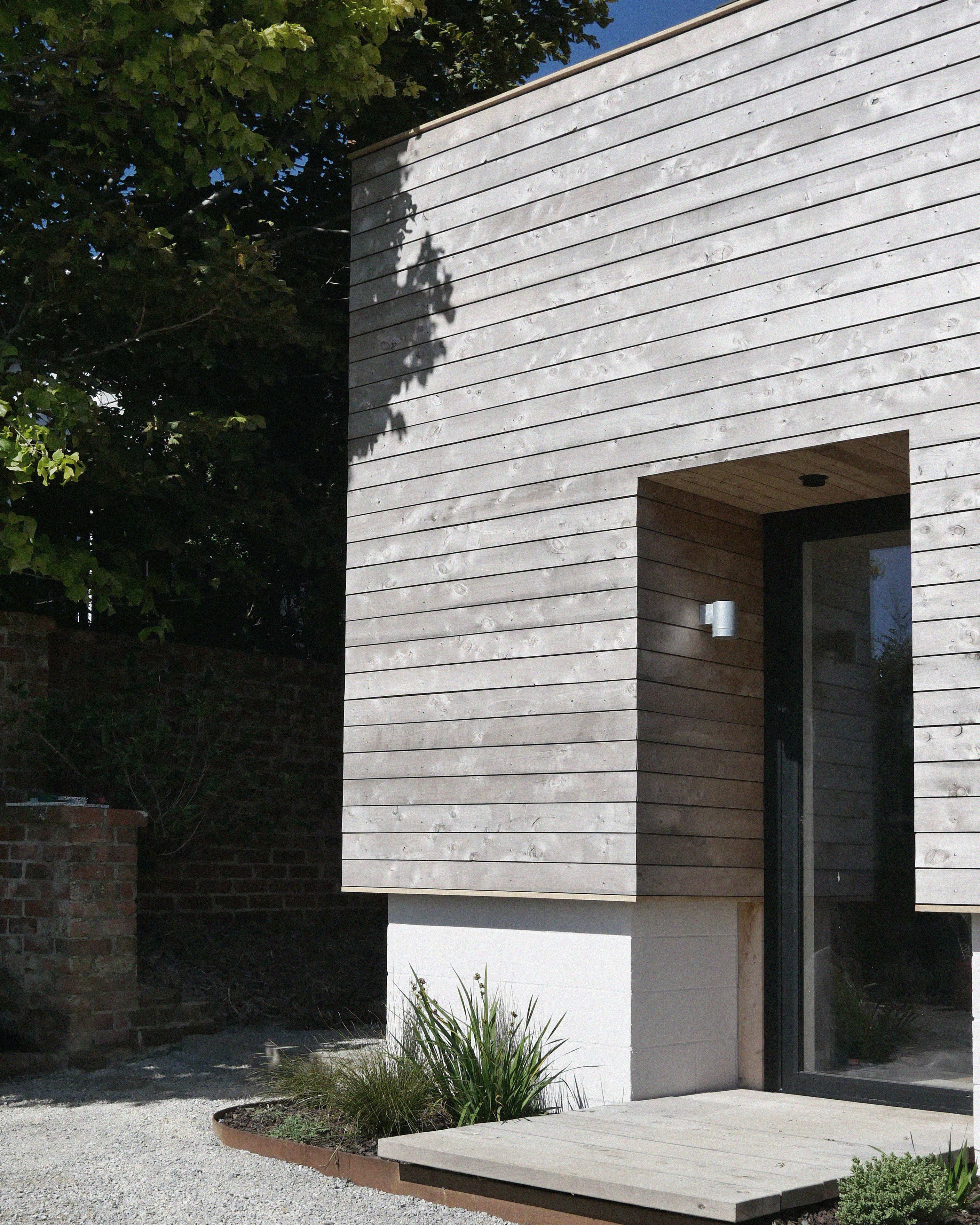
Flexible Space Entry —

Villa entry tiles —
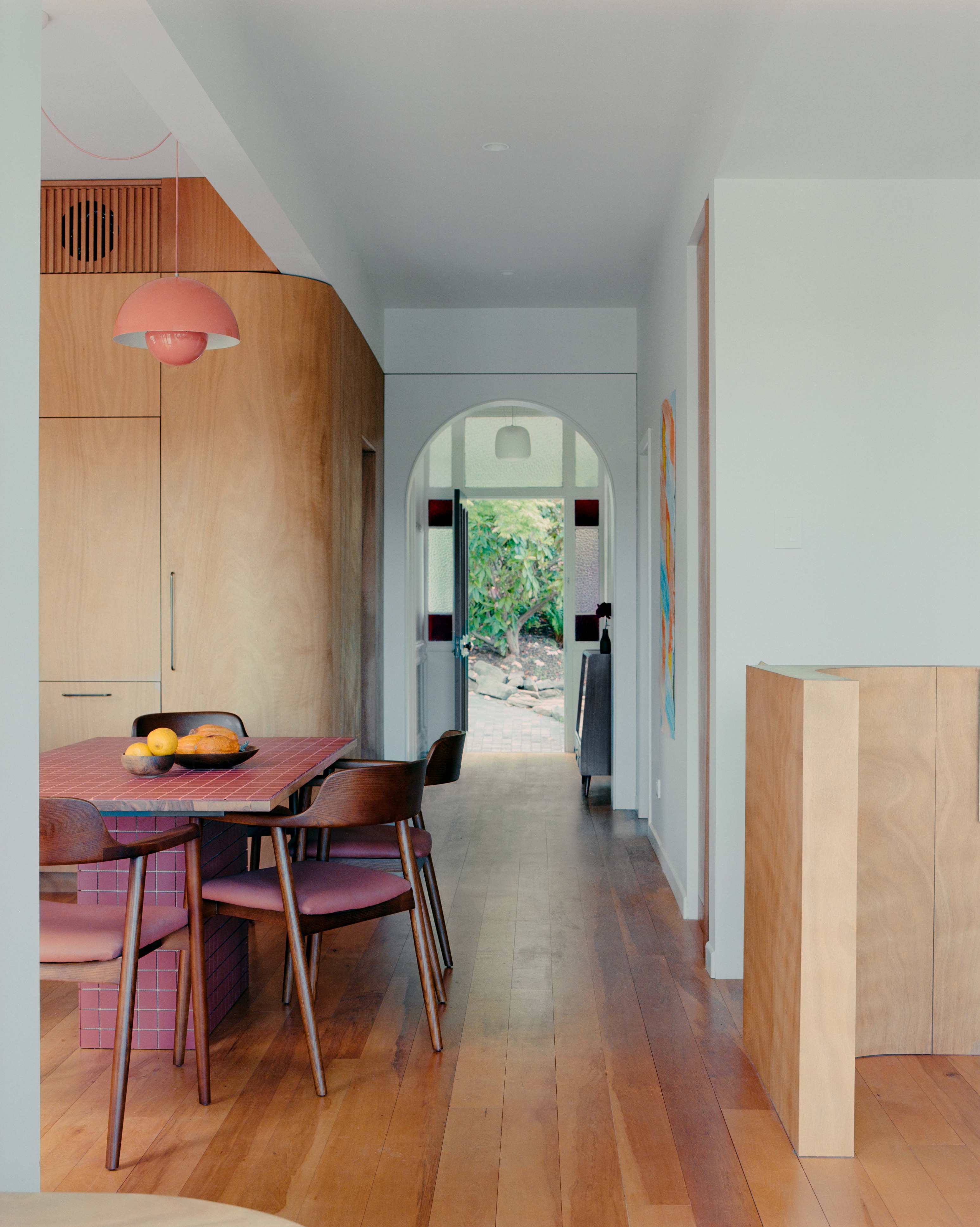
Hallway —
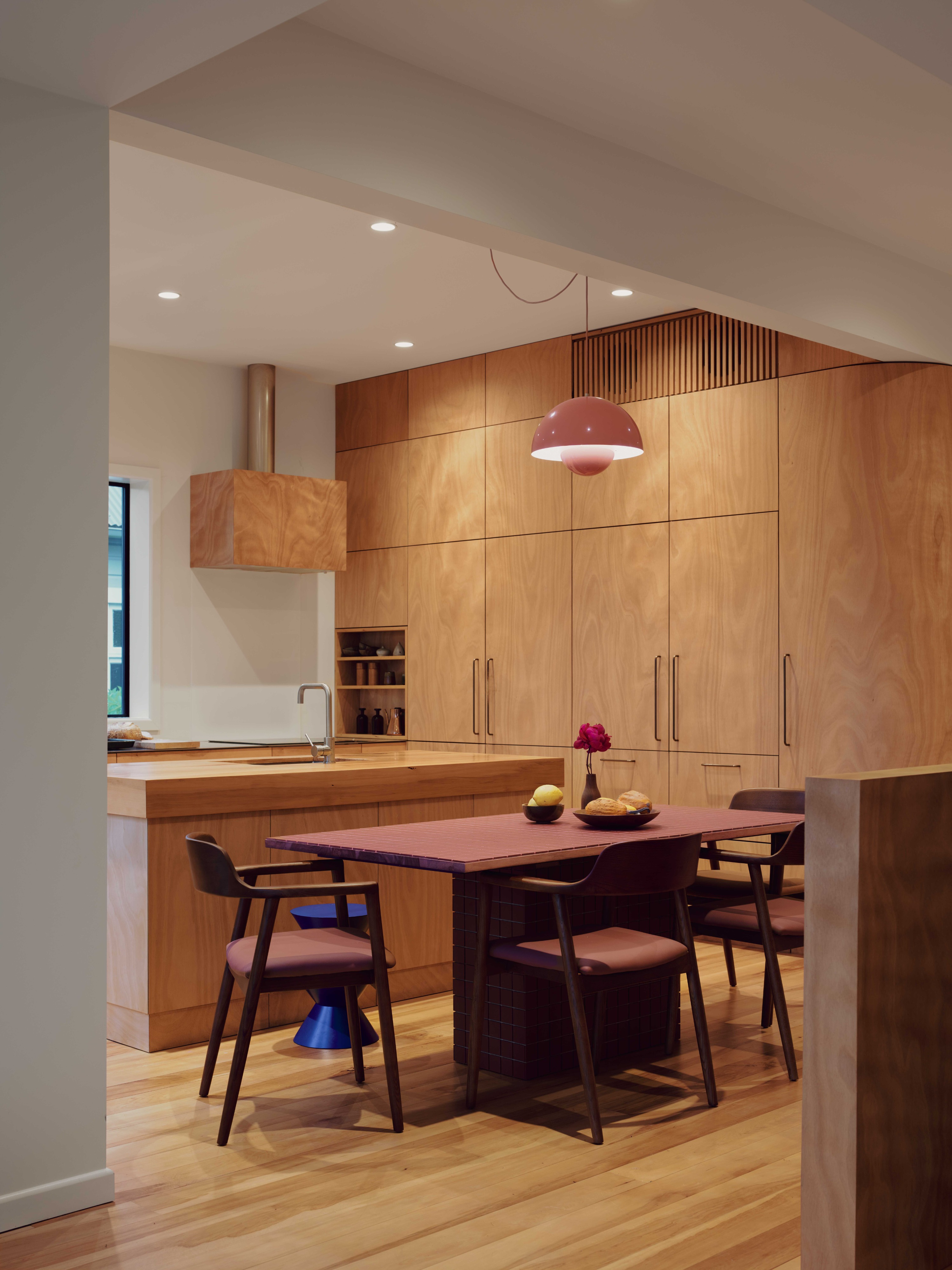
Kitchen and Dining Area — Gaboon & Miro cabinetry
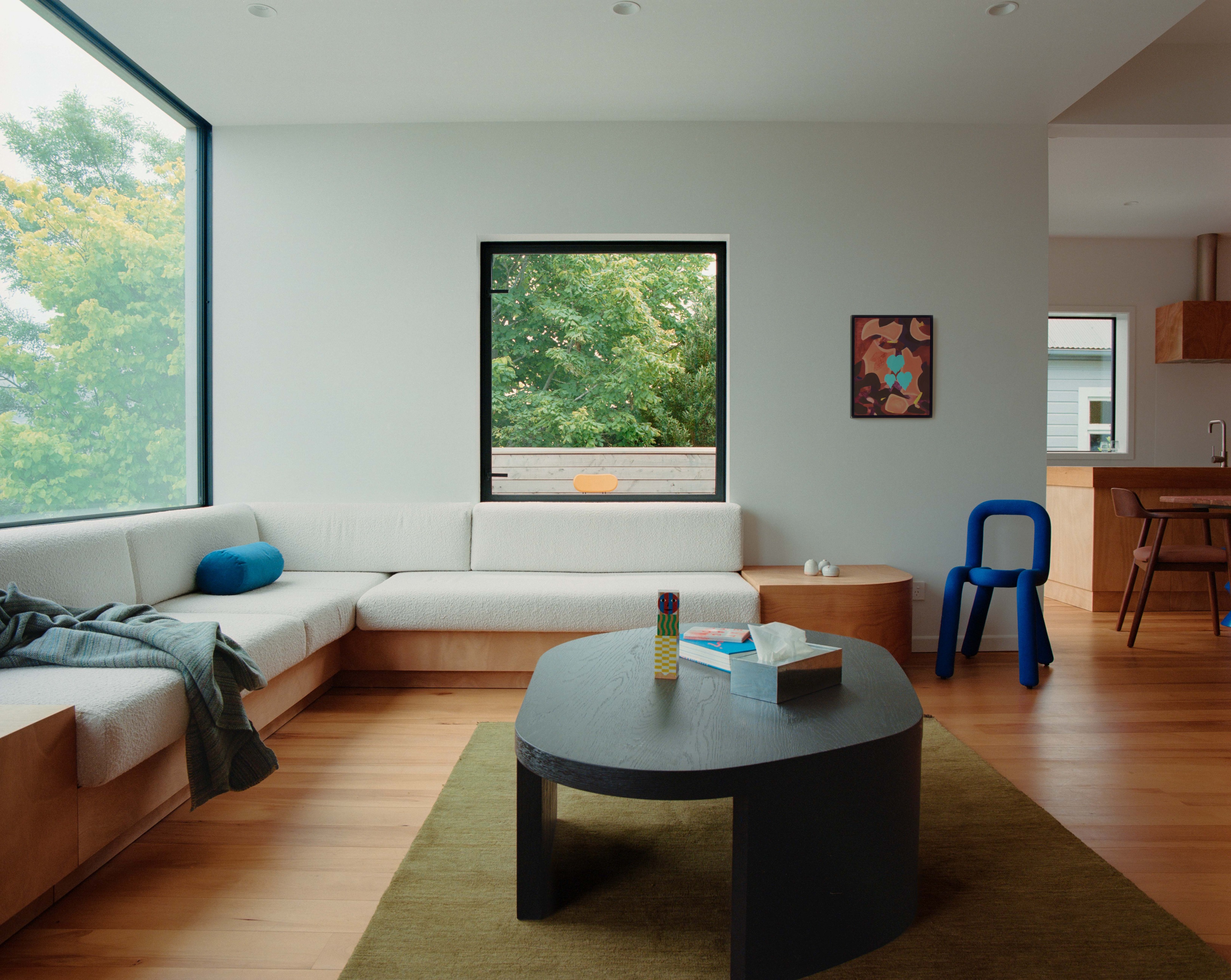
Lounge — Looking towards the North
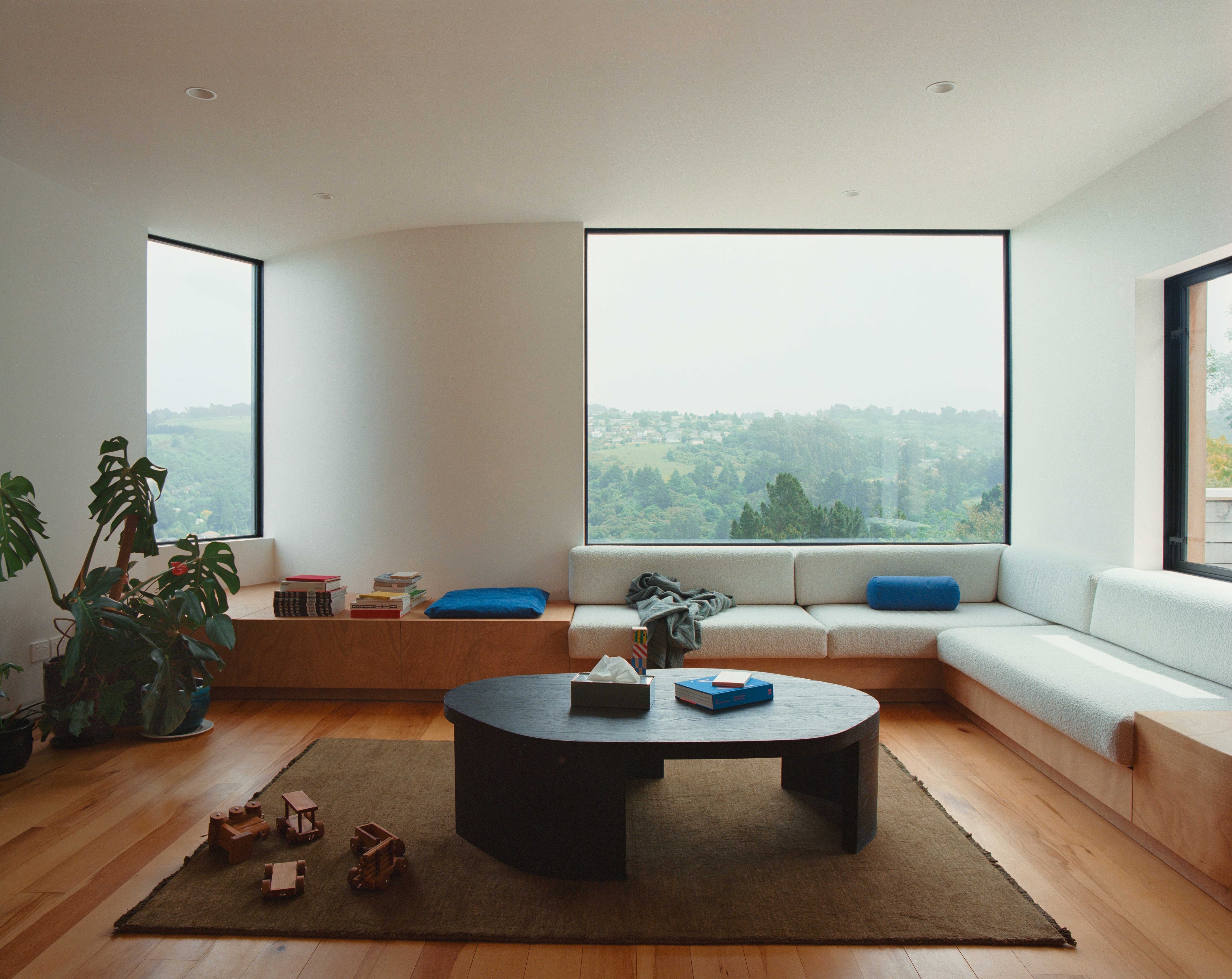
Lounge — looking towards the west

Lounge Window — Looking towards the Taieri Mouth
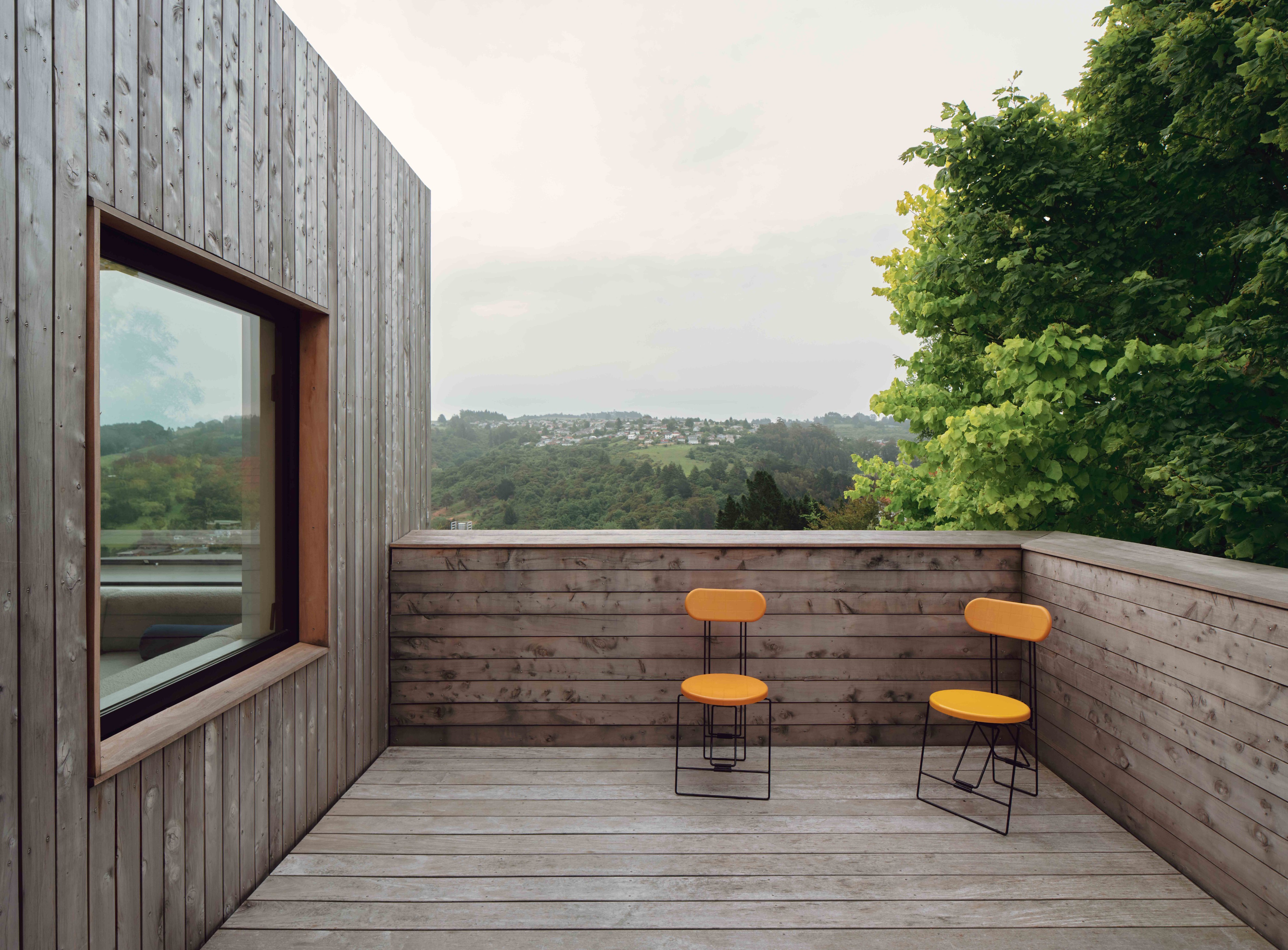
Northwestern Terrace —
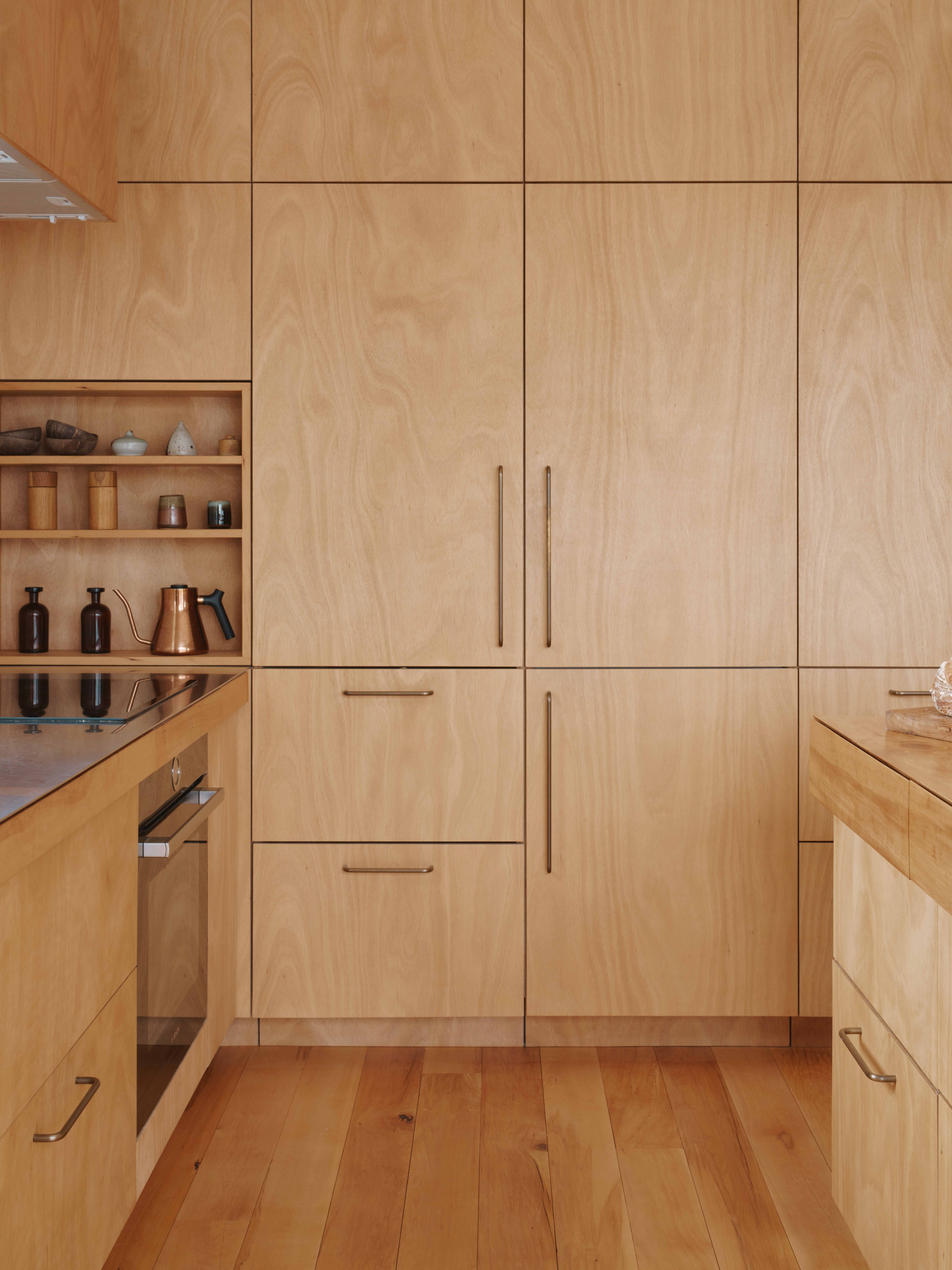
Kitchen Cabinetry —
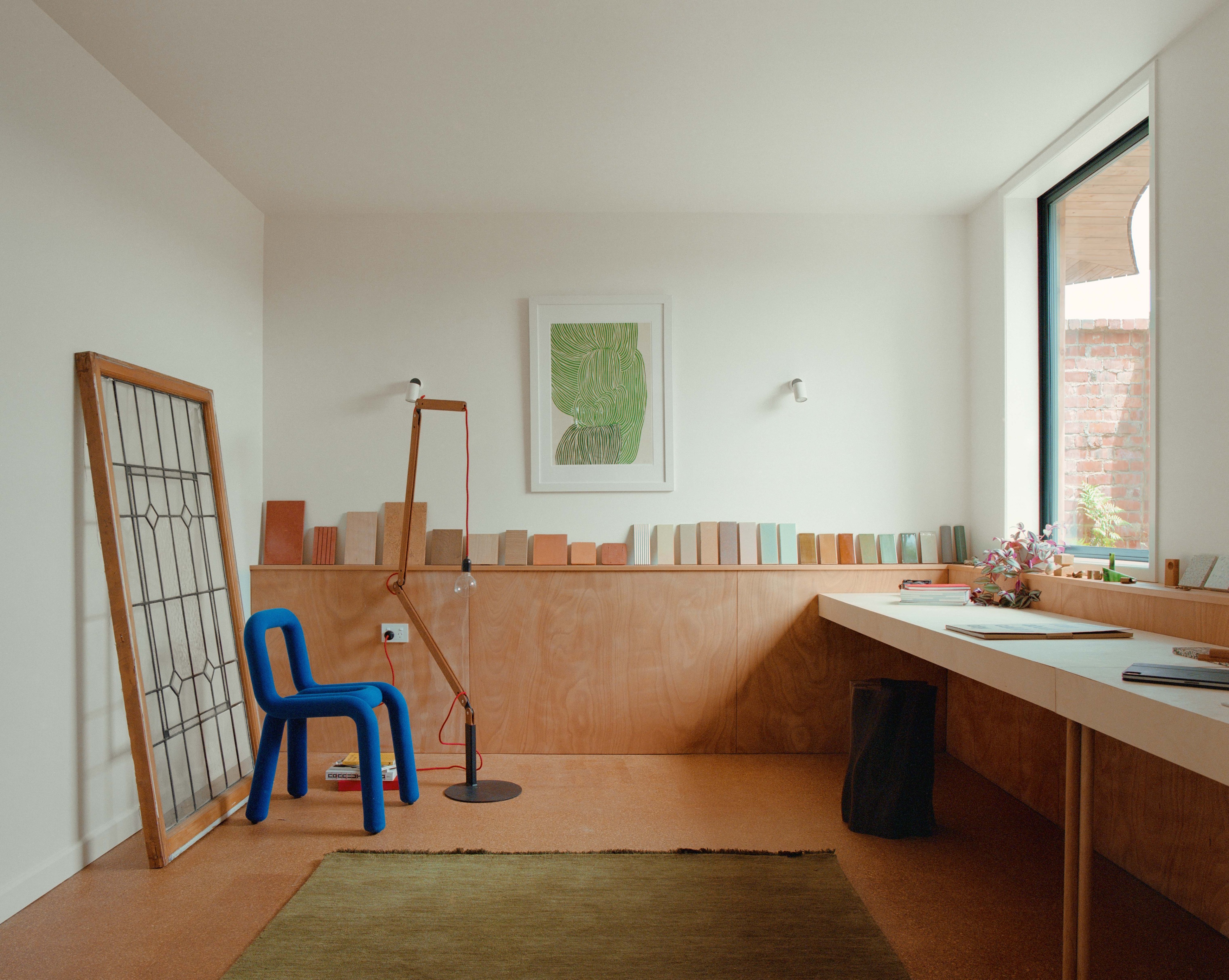
Flexible Room — a home studio, a second living space, a fourth bedroom or a studio apartment.
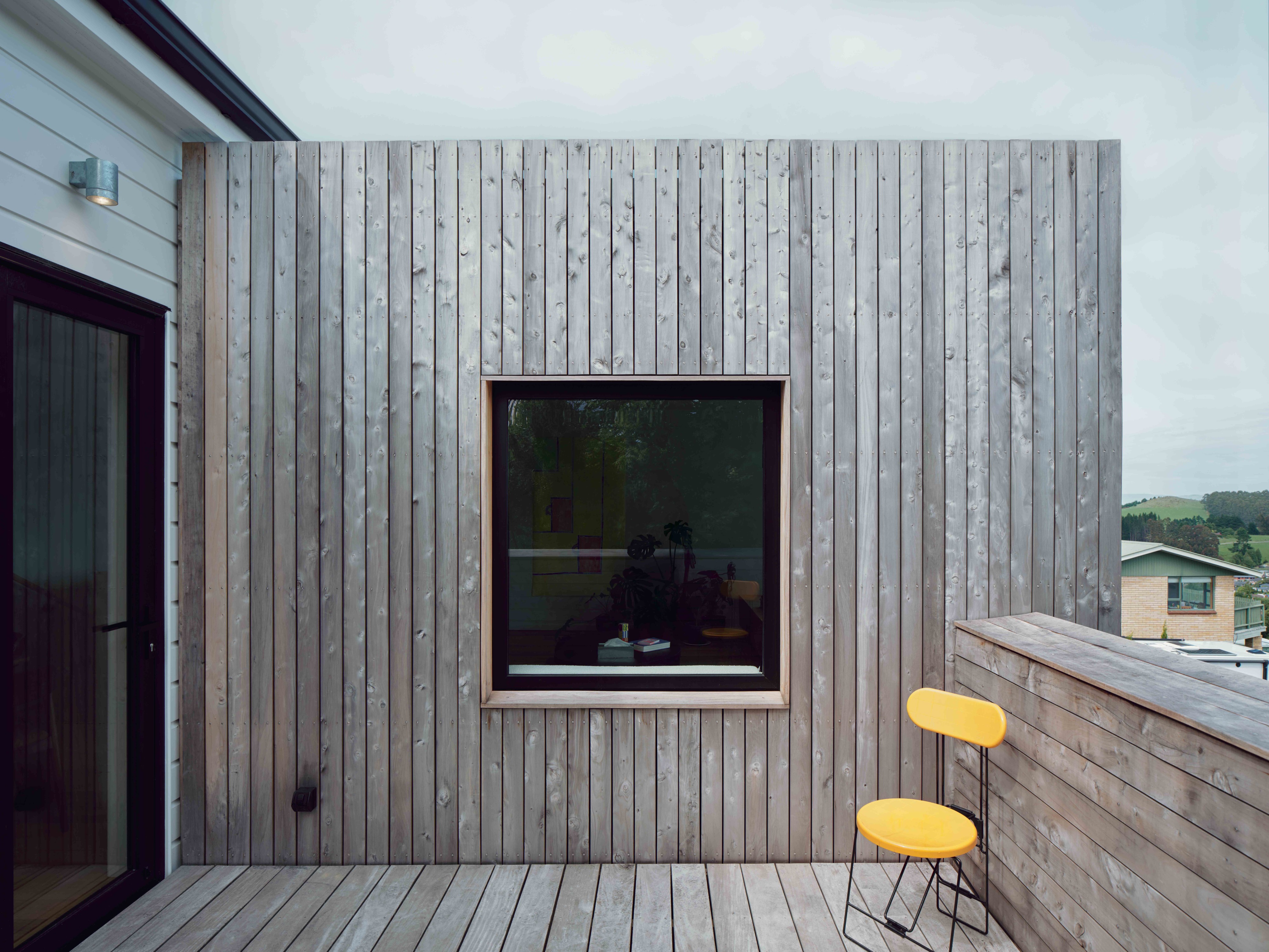
Terrace — looking towards the lounge and the Taieri Mouth

Main Bathroom —
Plans, Elevations, Sections & Diagrams —
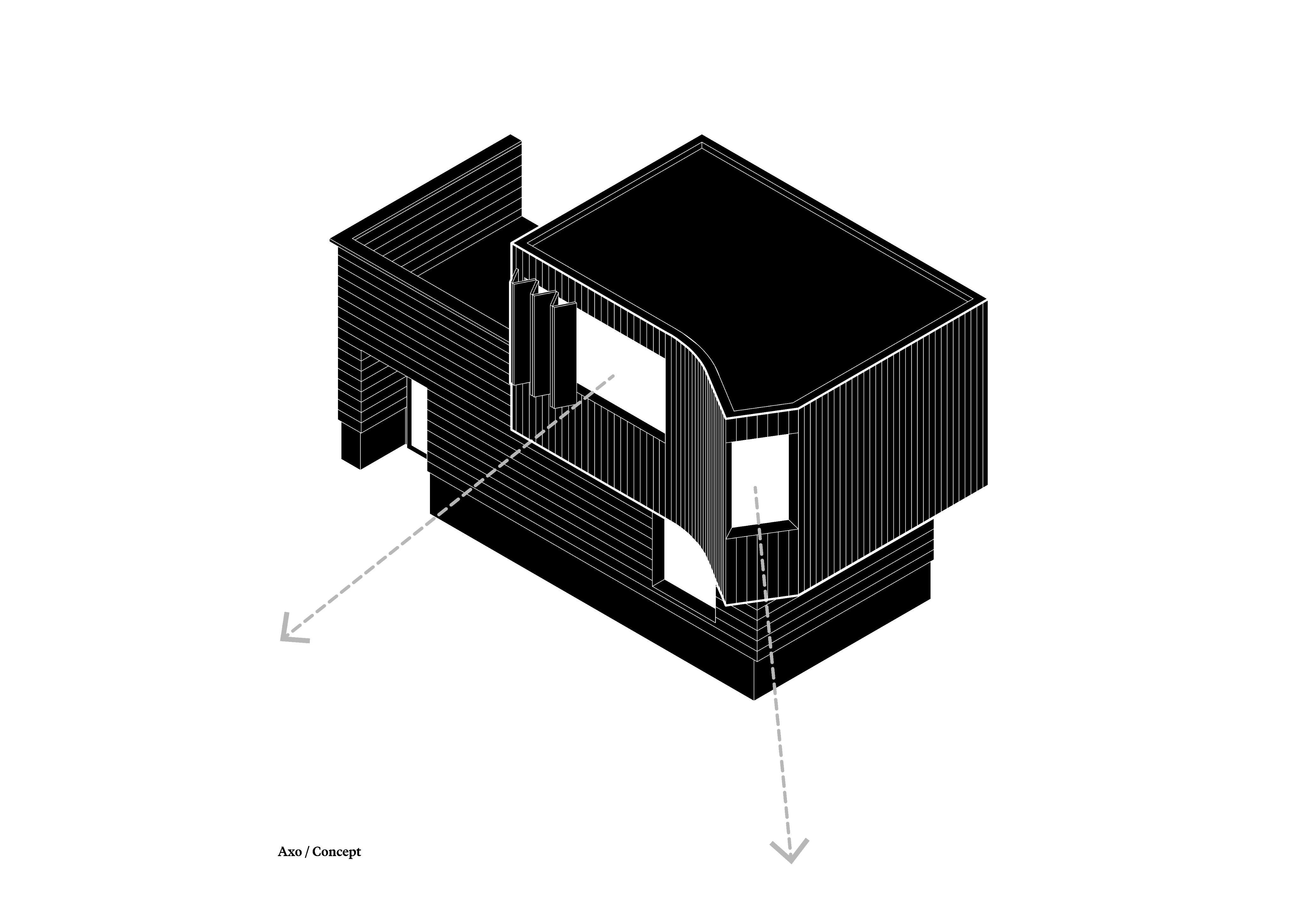
Conceptual Diagram —
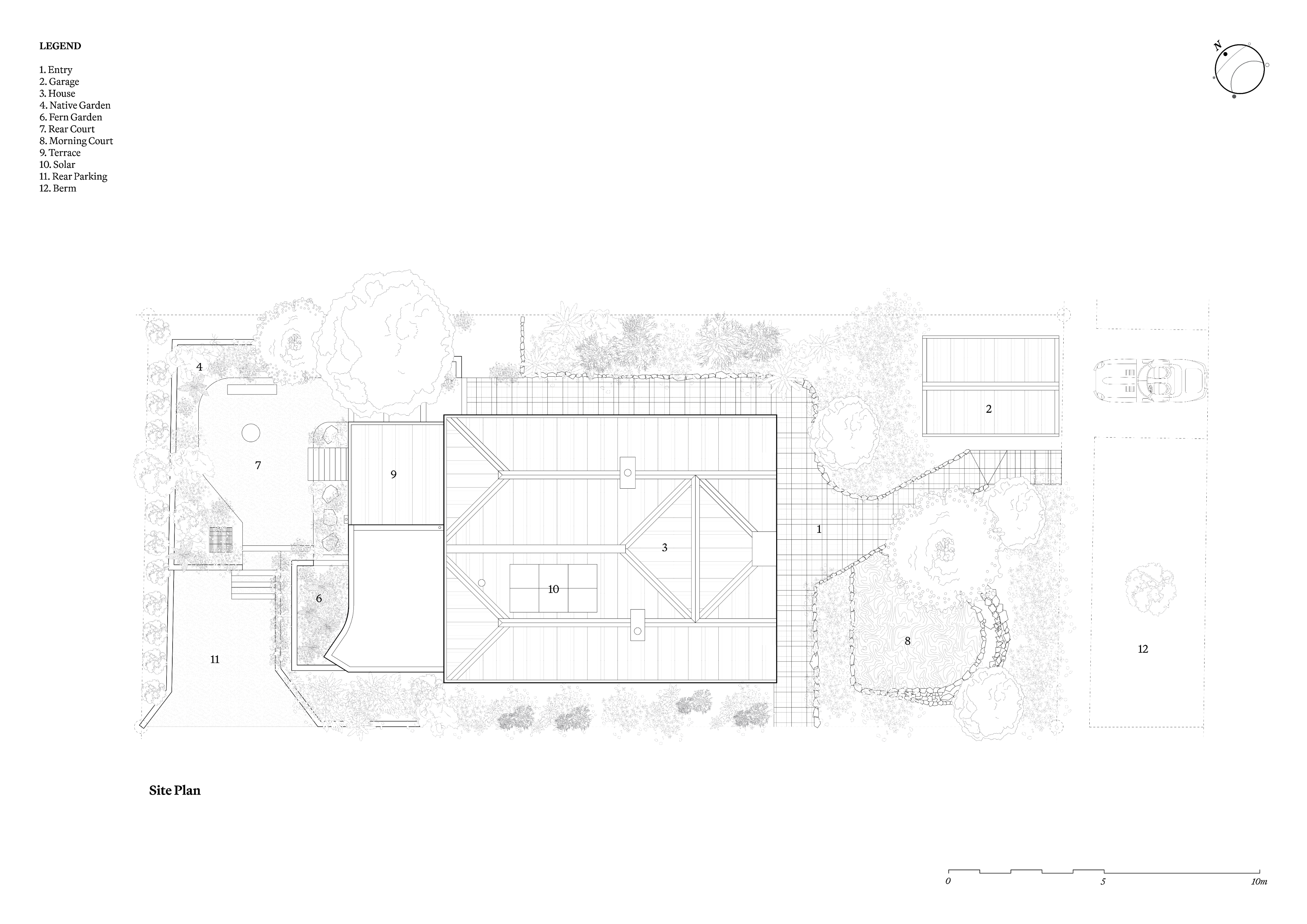
Site Plan —

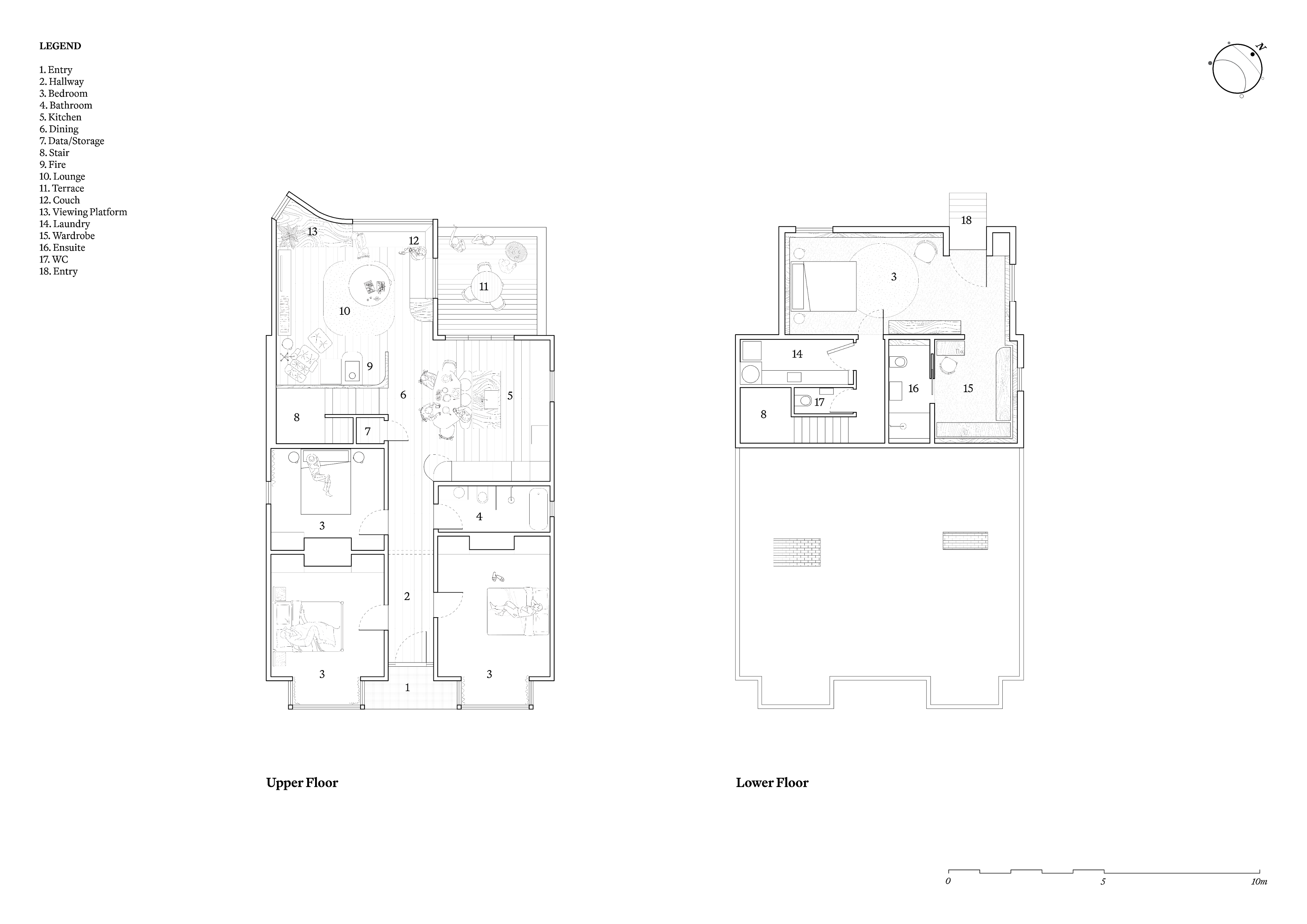
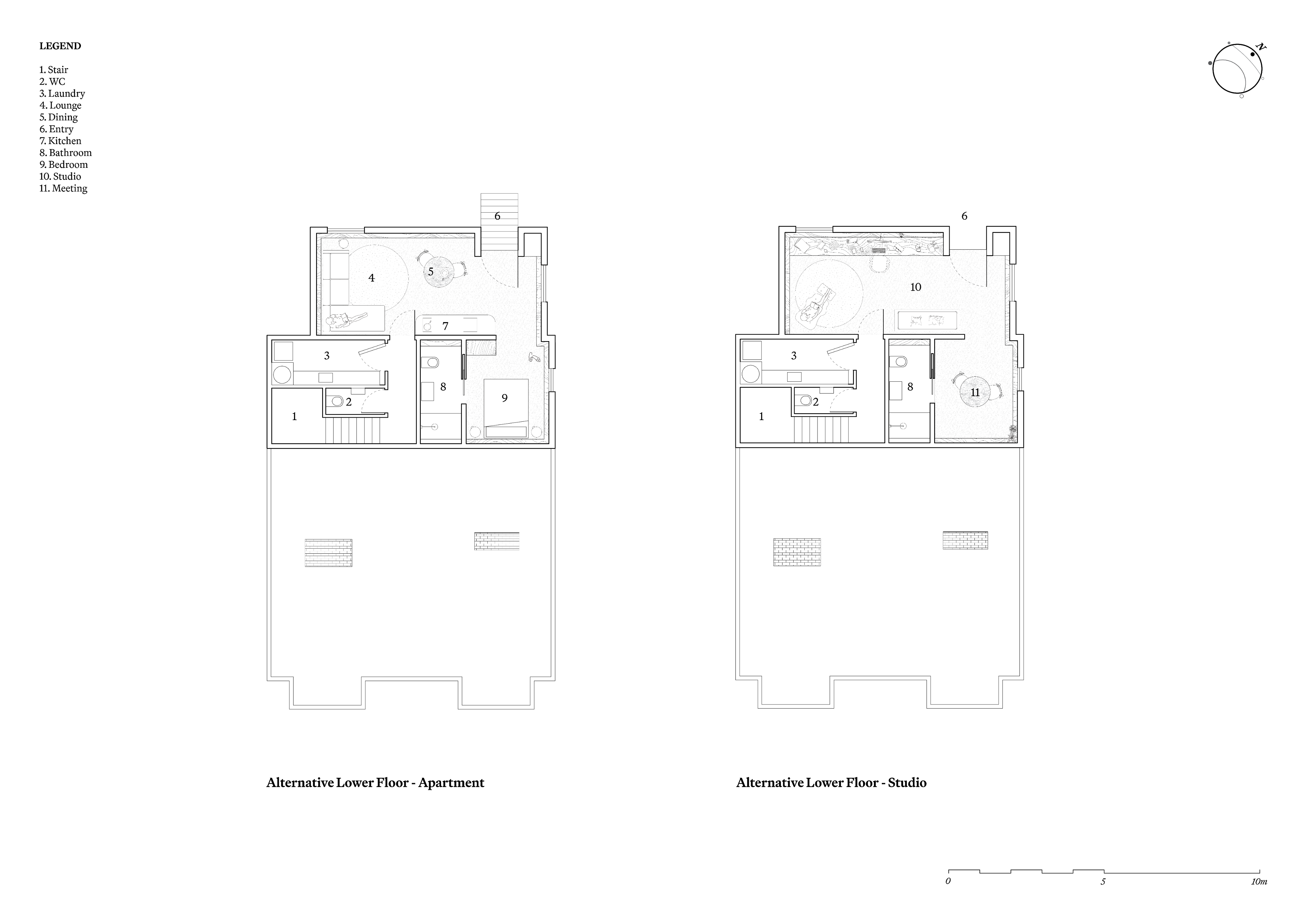
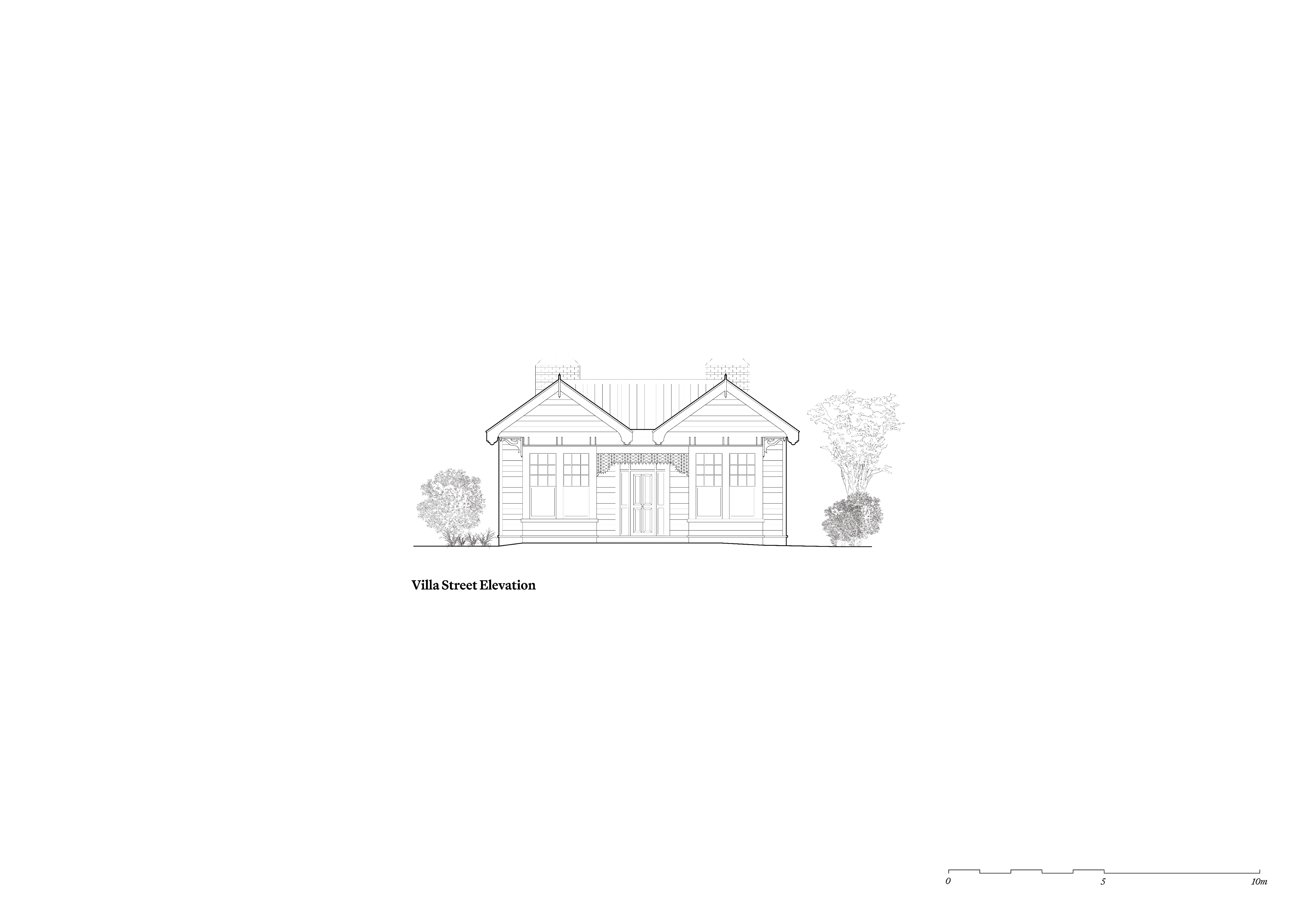
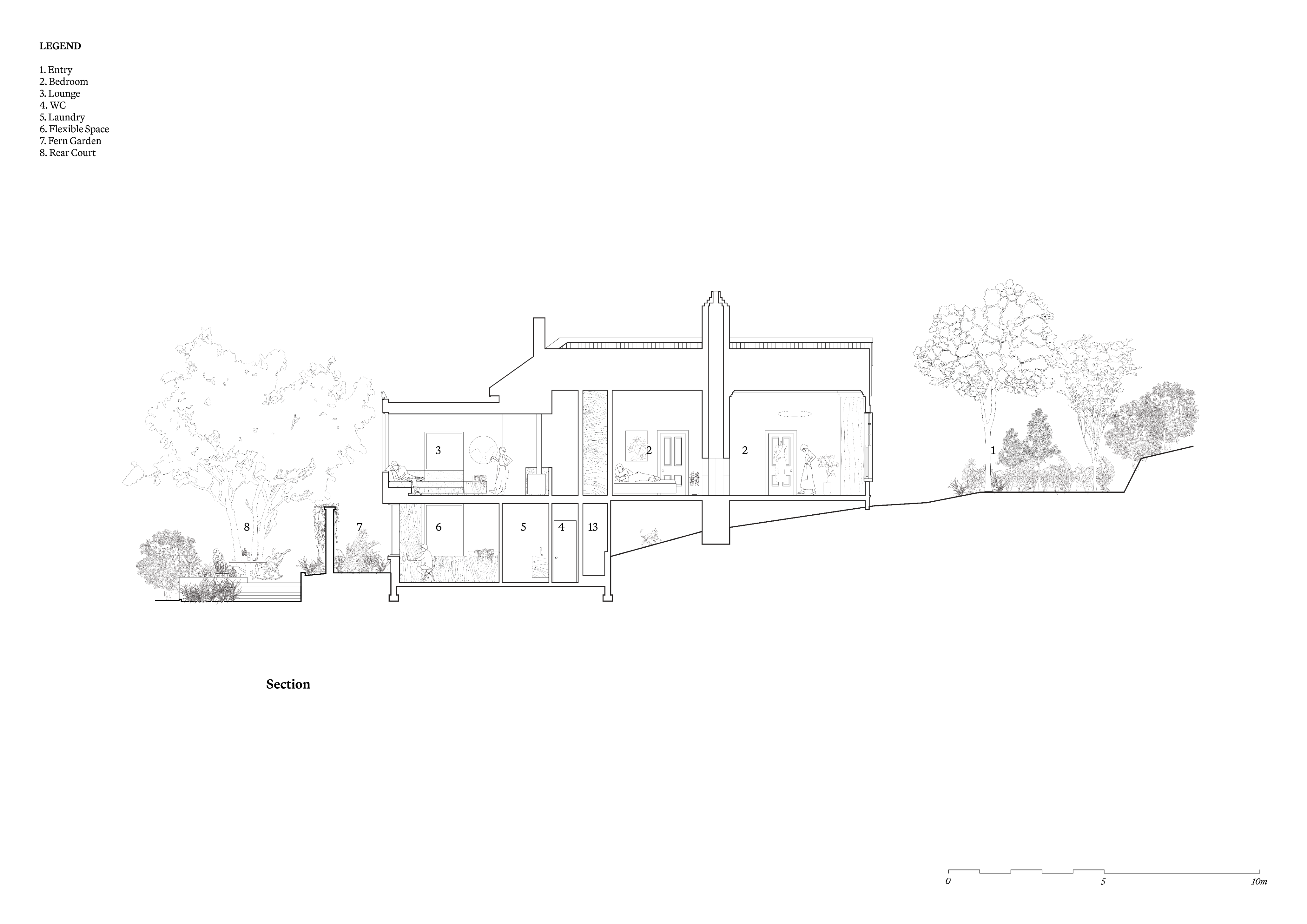
Regenerative Design Data —
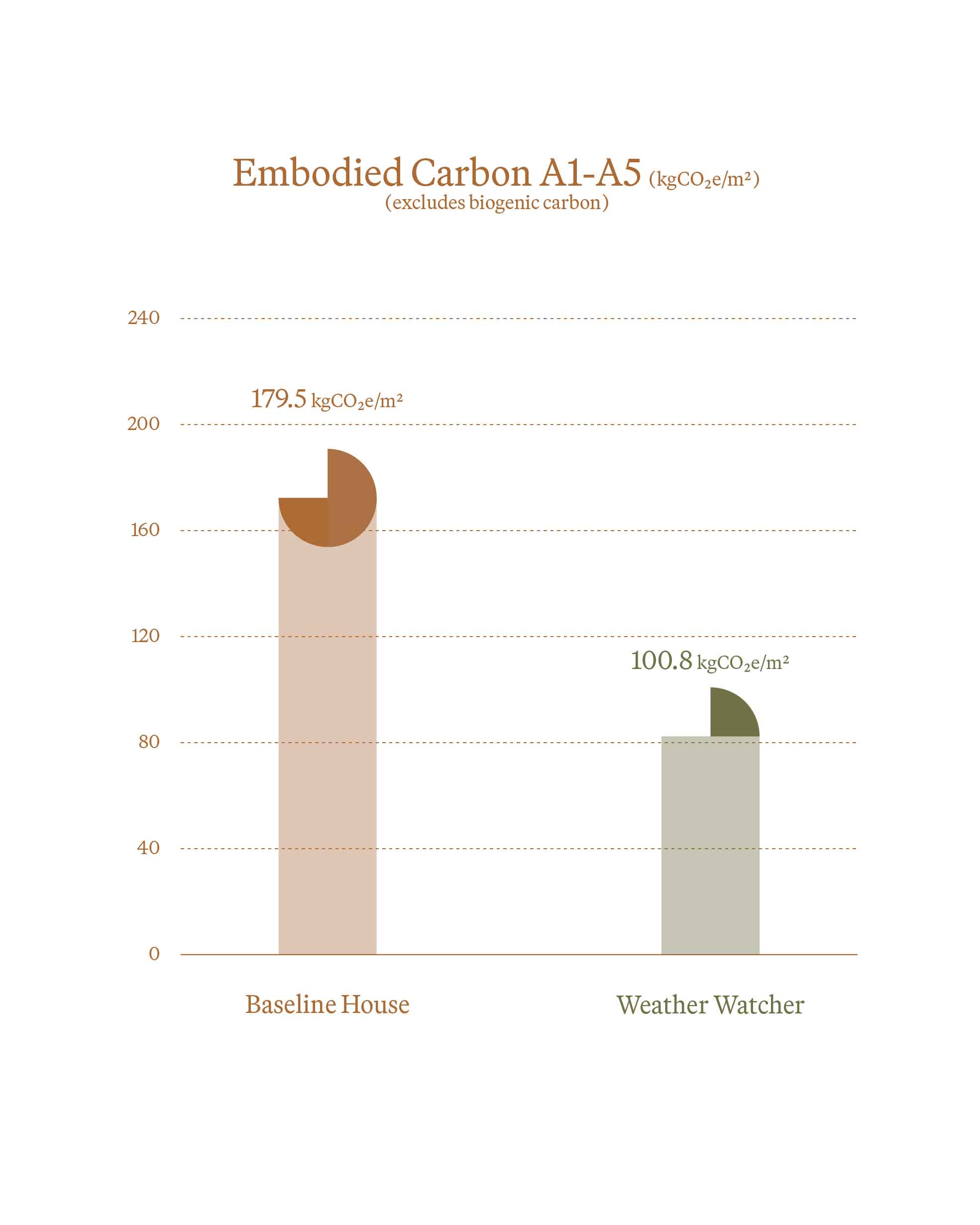
Embodied Carbon A1-A5 —
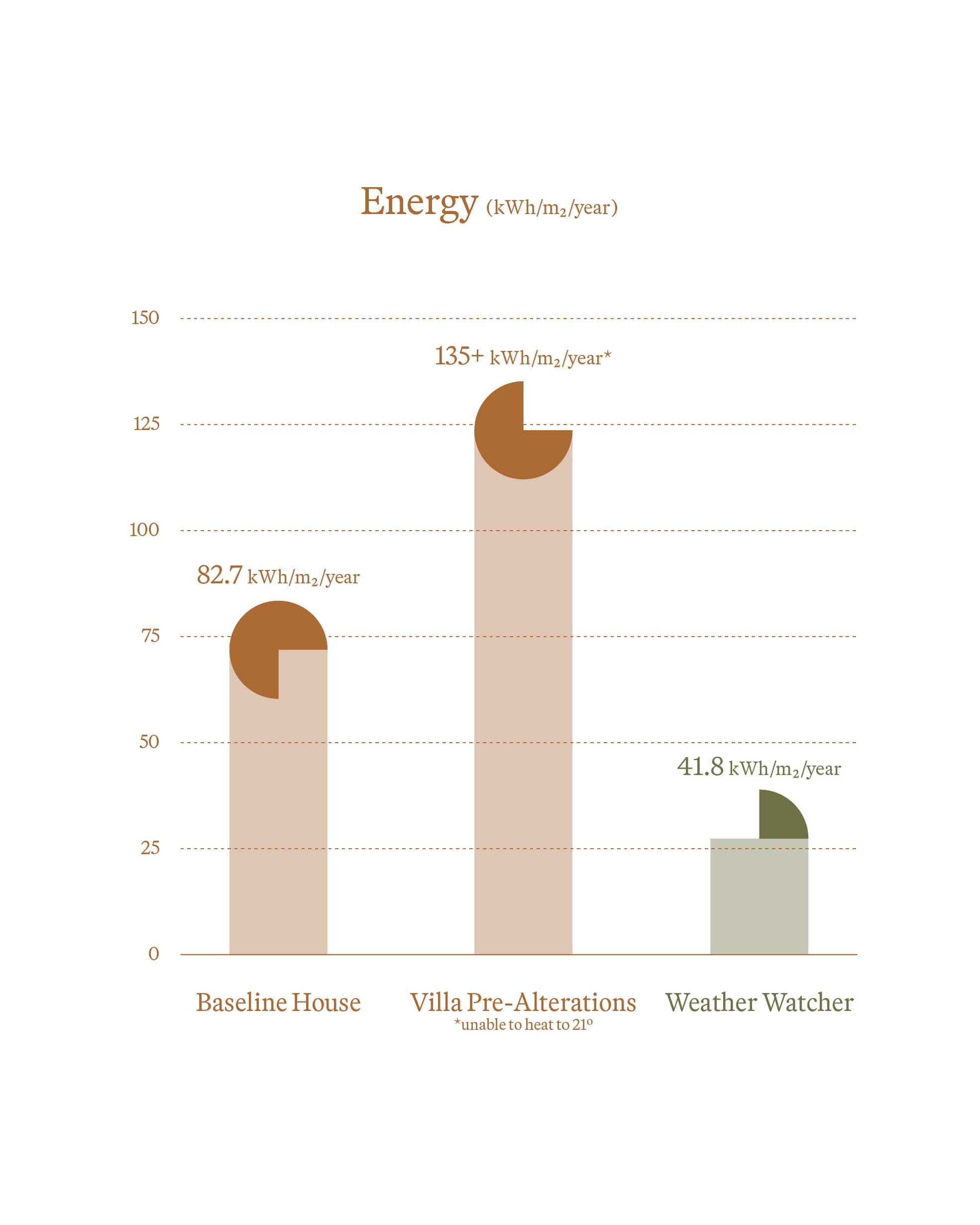
Energy Use —

Life Cycle Assessment —
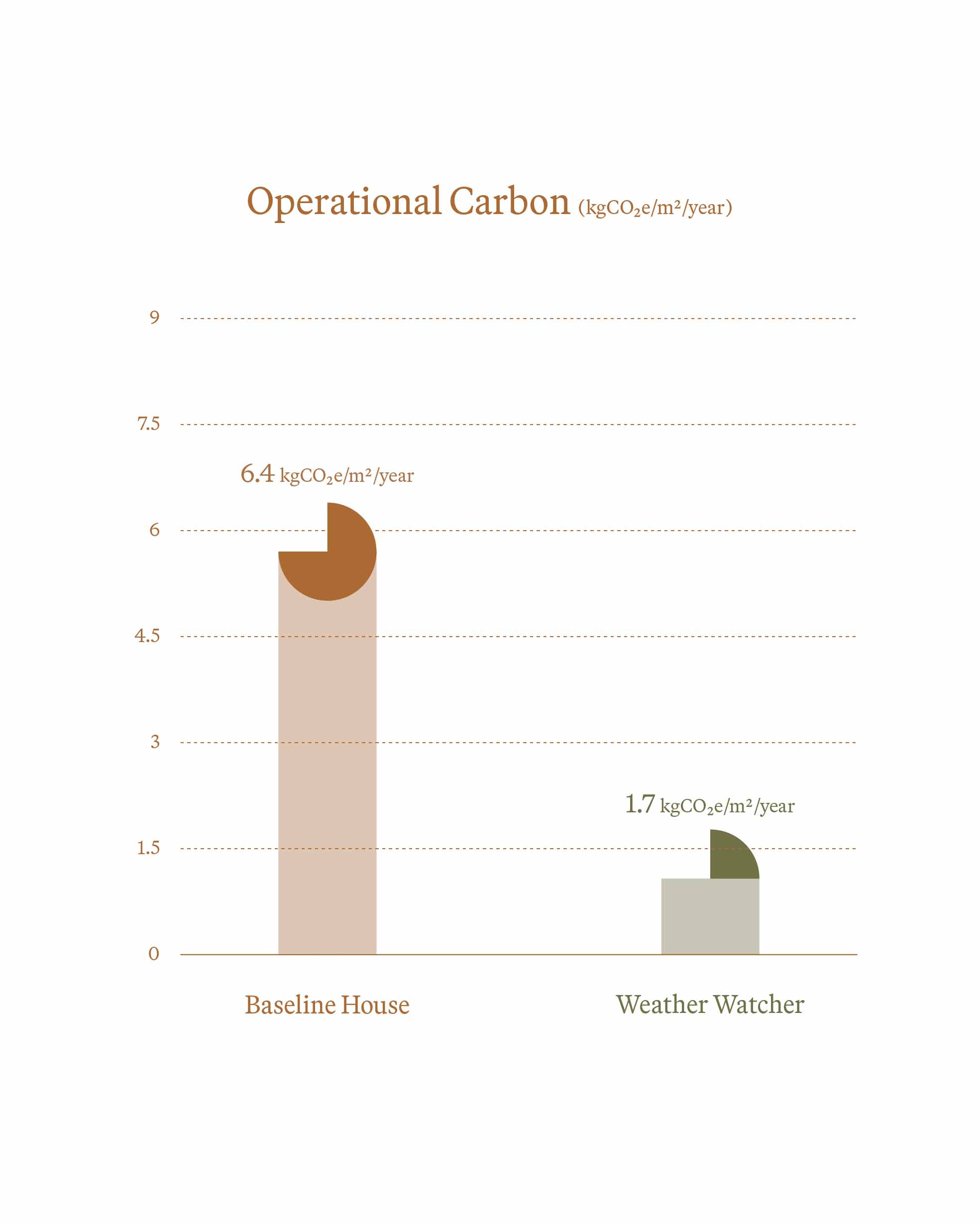
Operational Carbon —
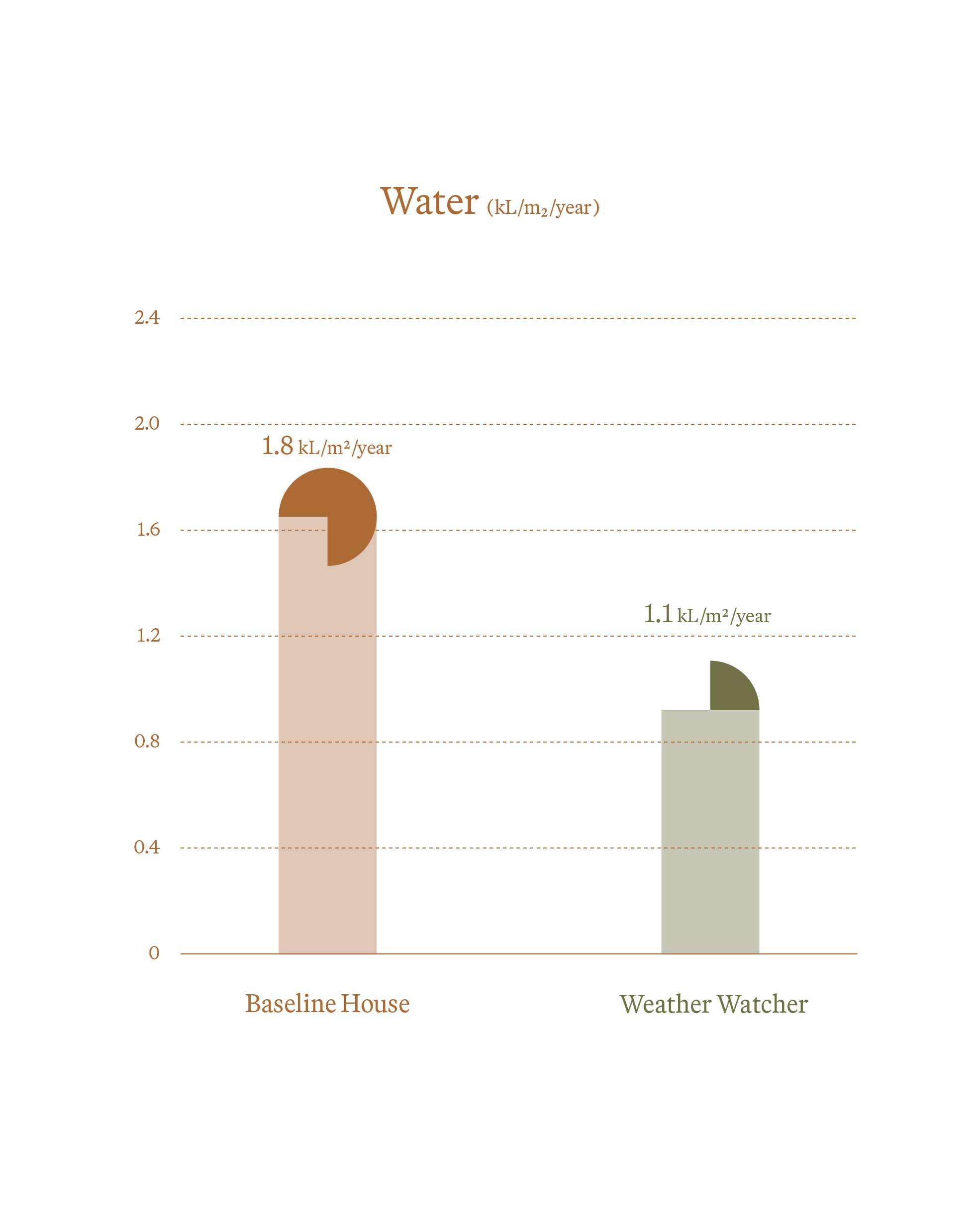
Water use —
Construction —
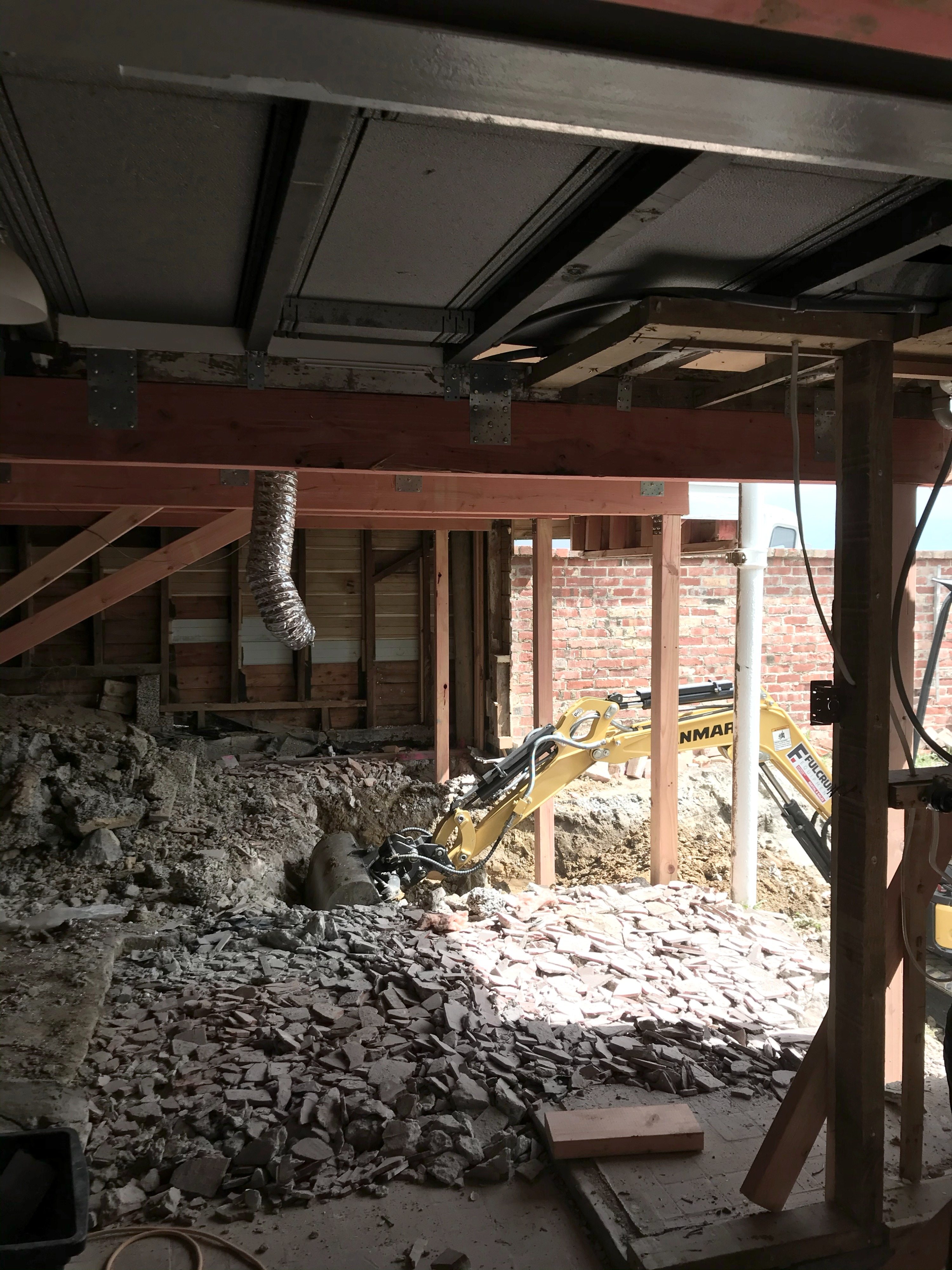
Excavation —
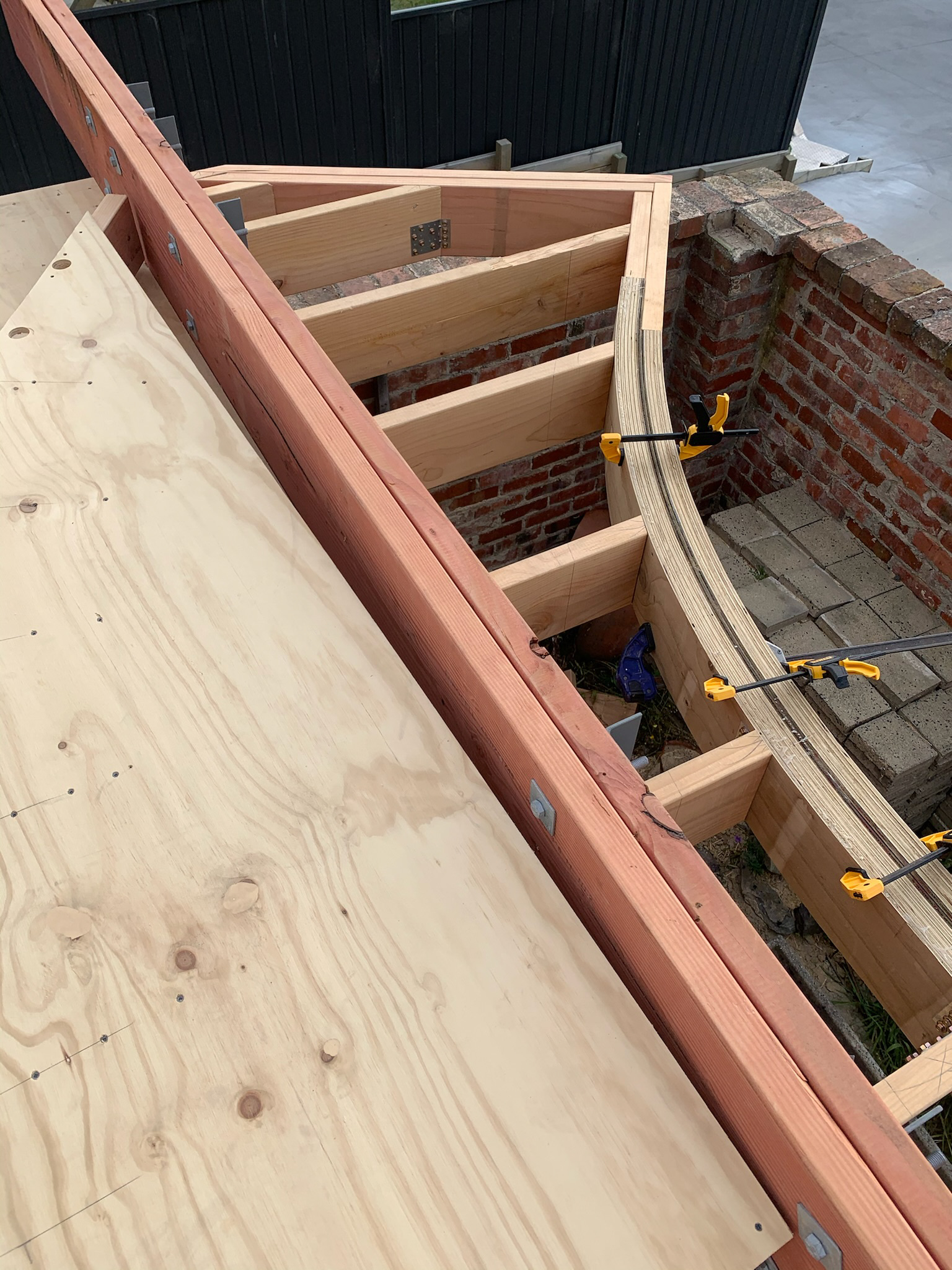
Curved laminated beam —
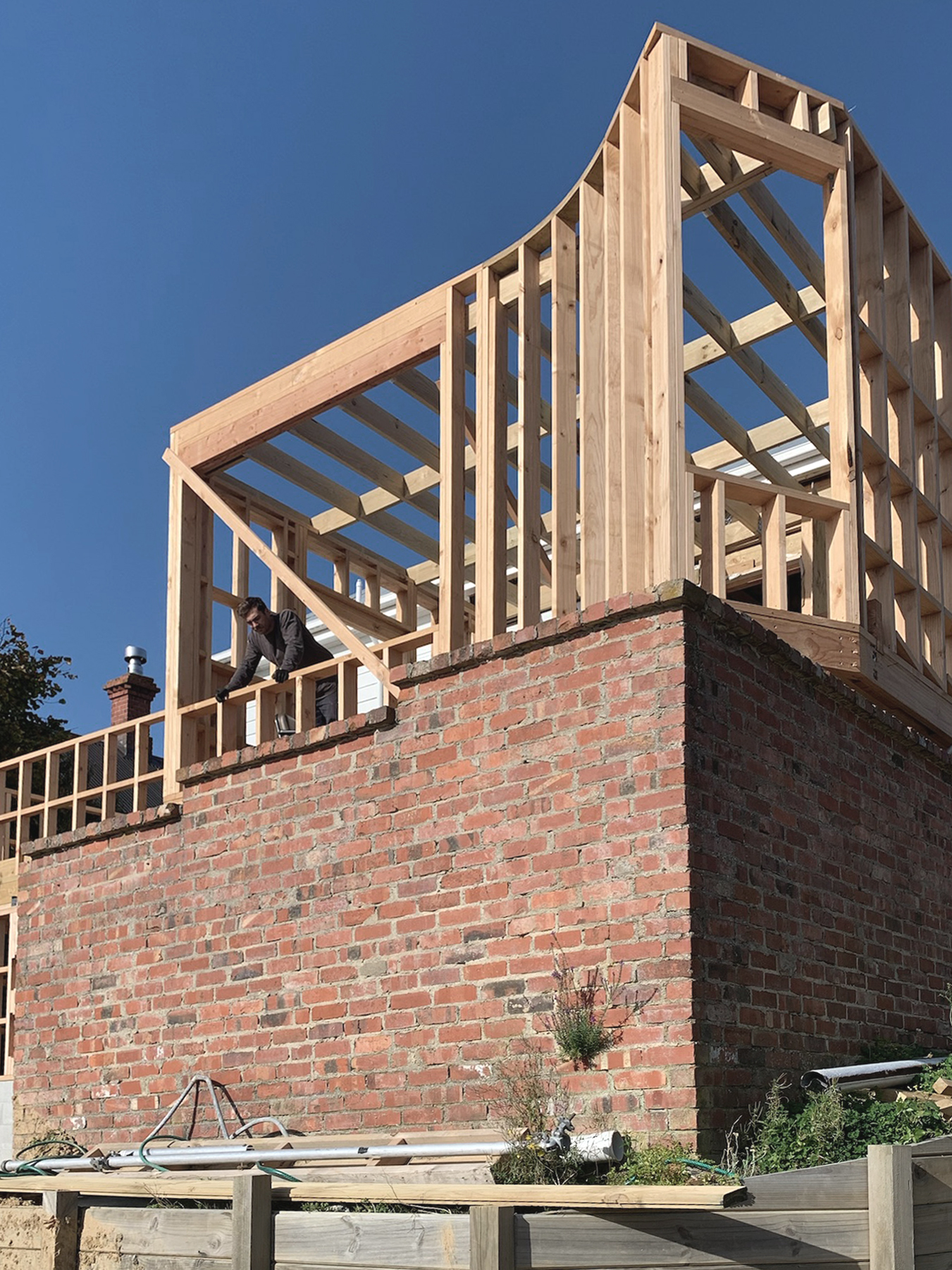
Framing the house and the views —
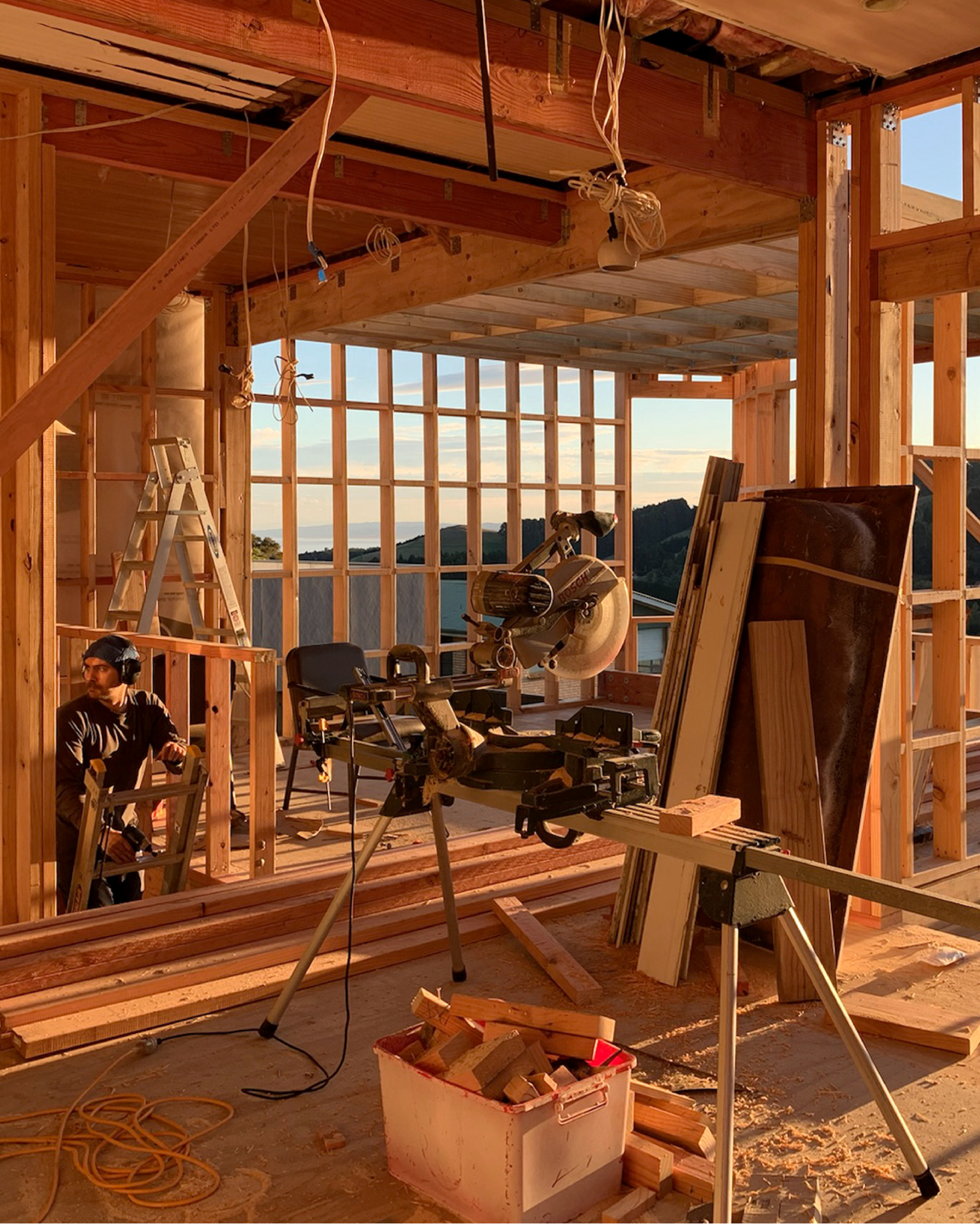
New and old framing —
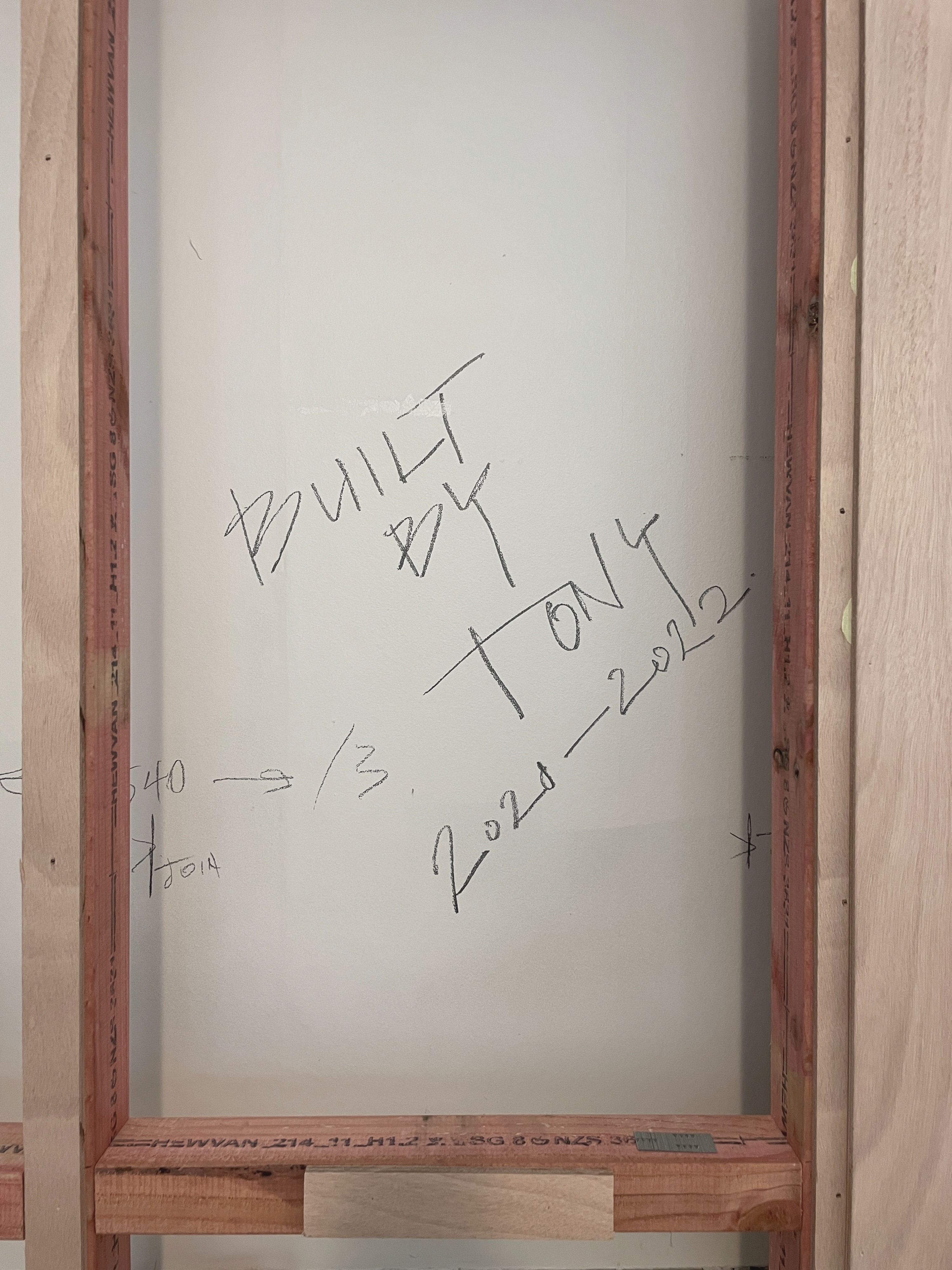
Built by Tony Calder —
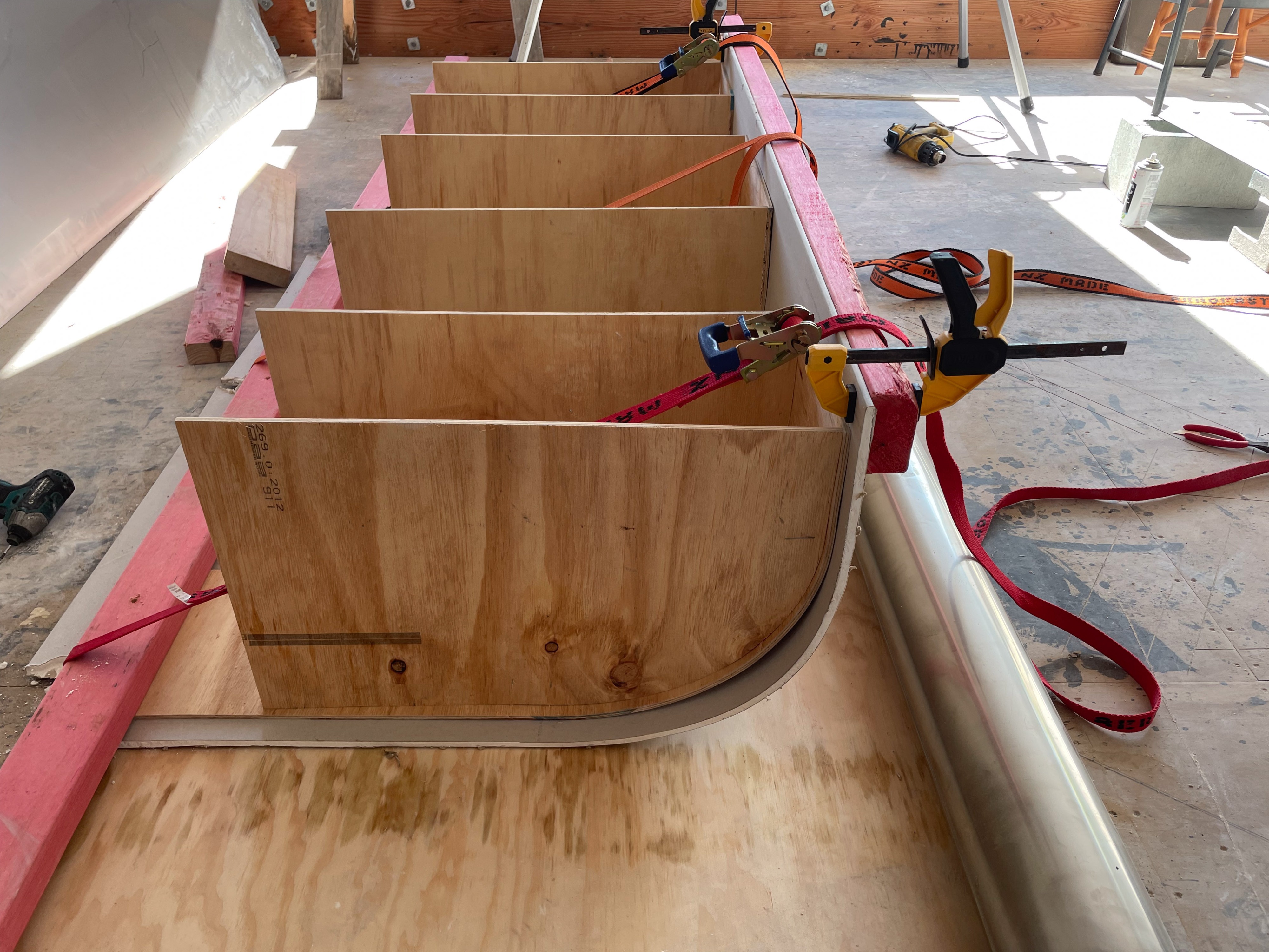
Steam treating the gib board —
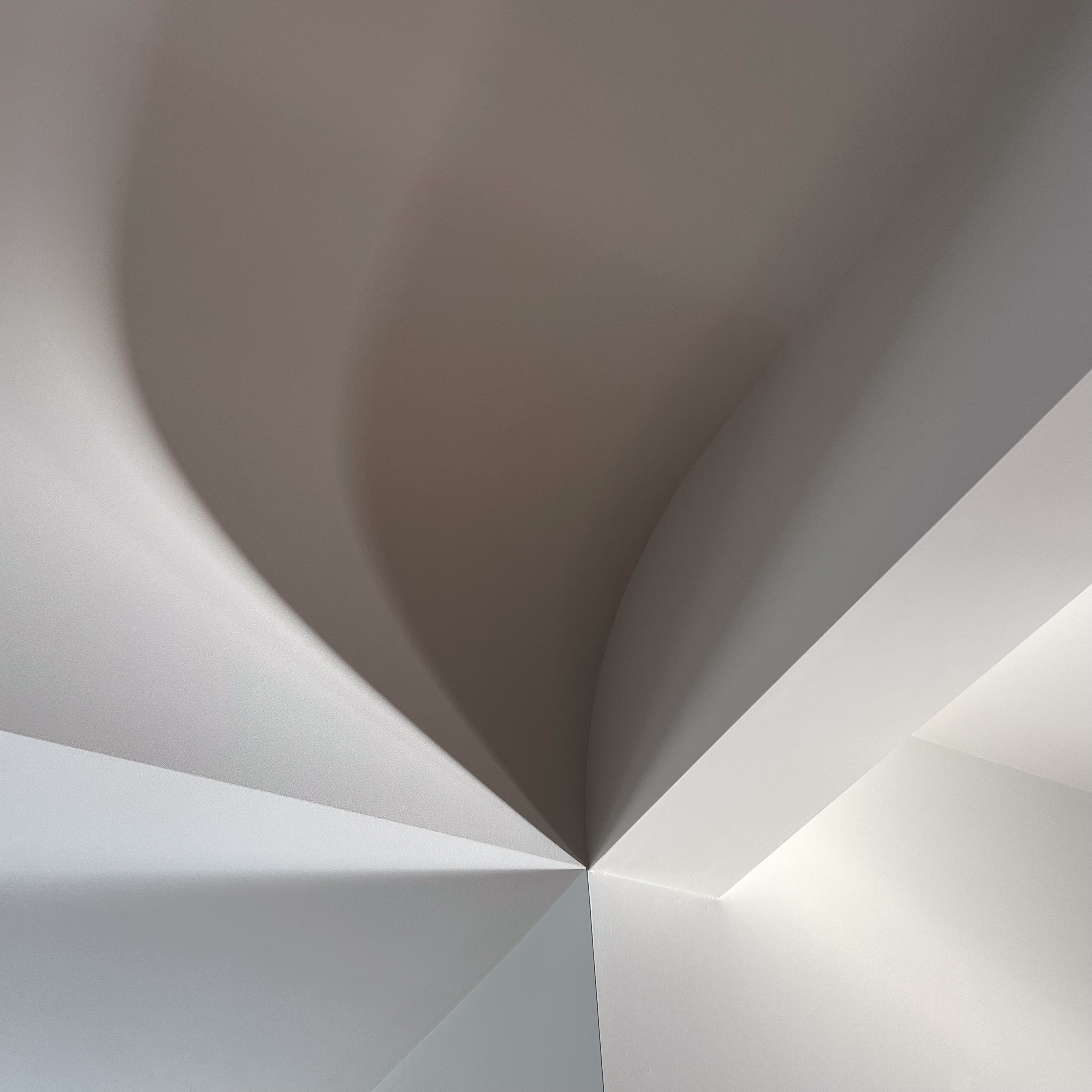
Curved plasterboard reflections —

Gaboon timber handles —
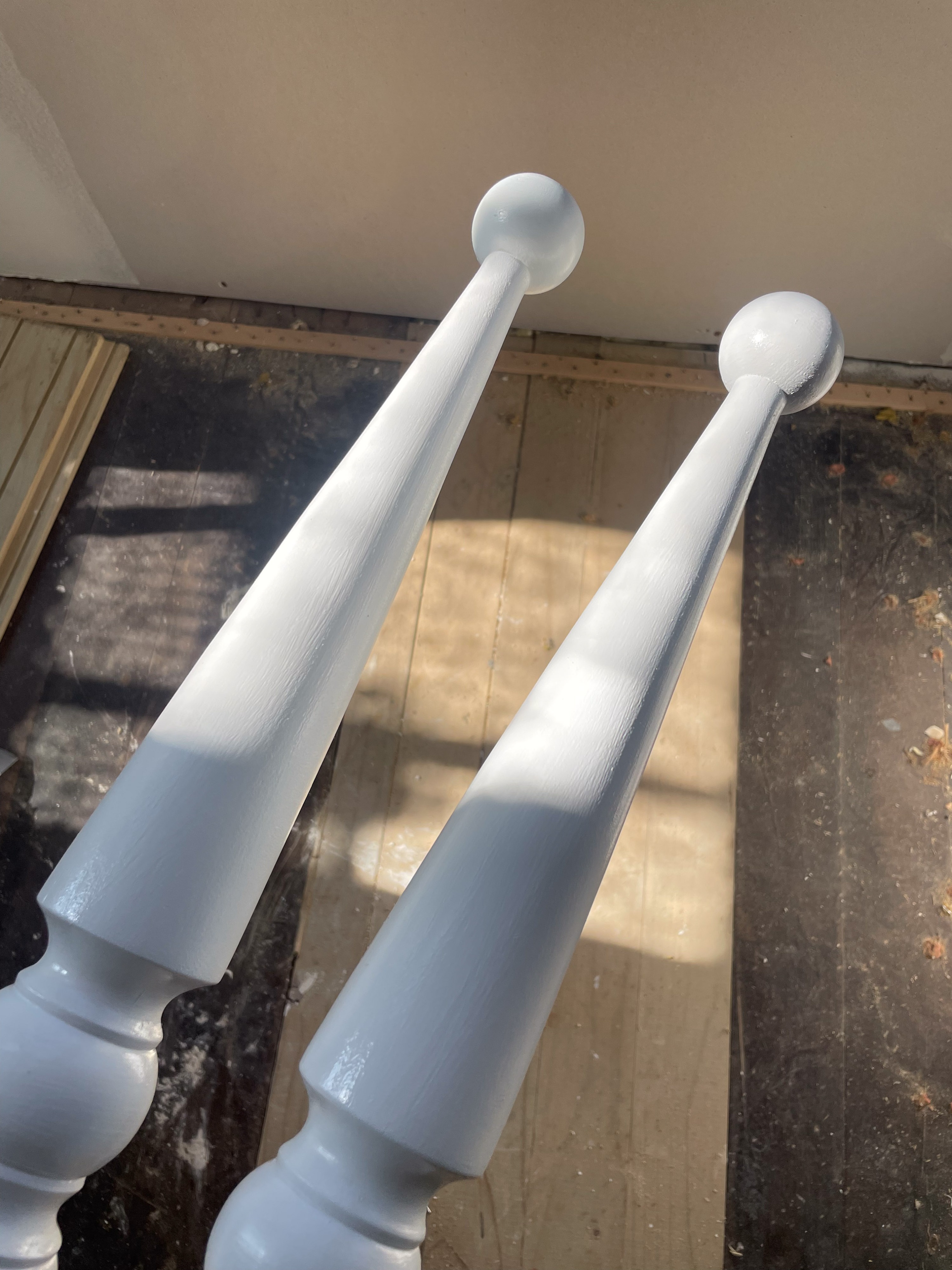
New villa finials —
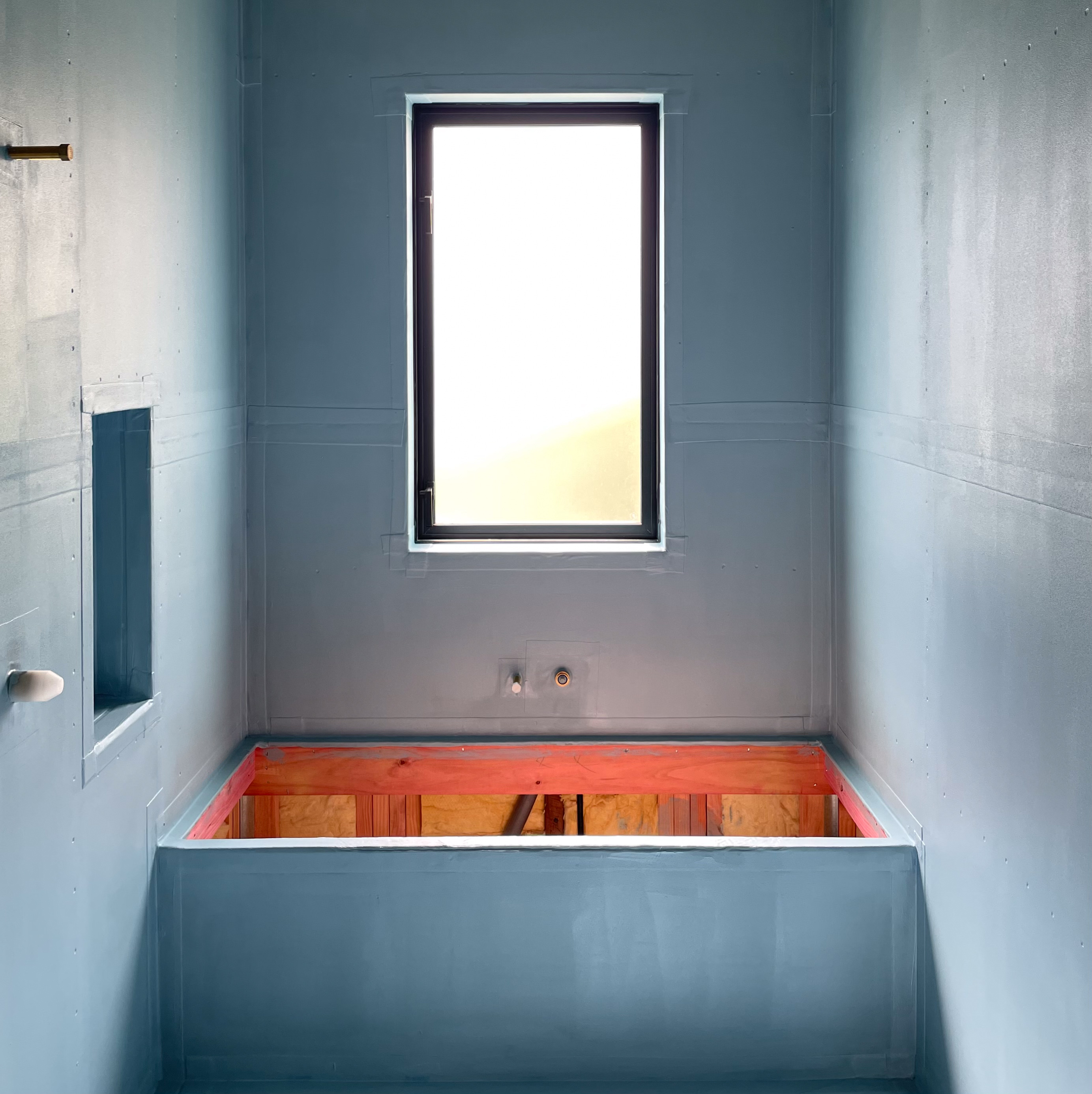
Bathroom waterproofing —
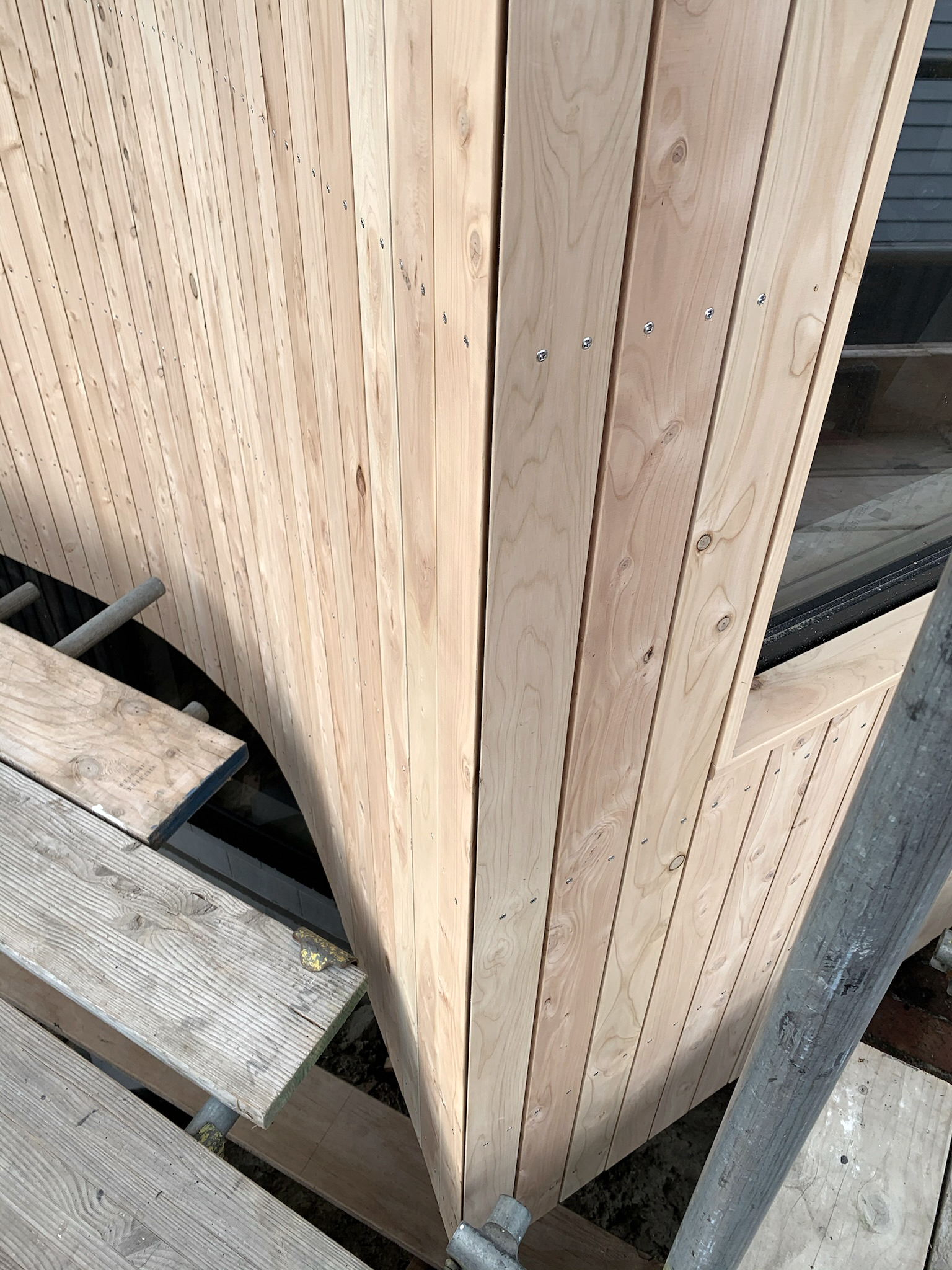
Rainscreen cladding corner —
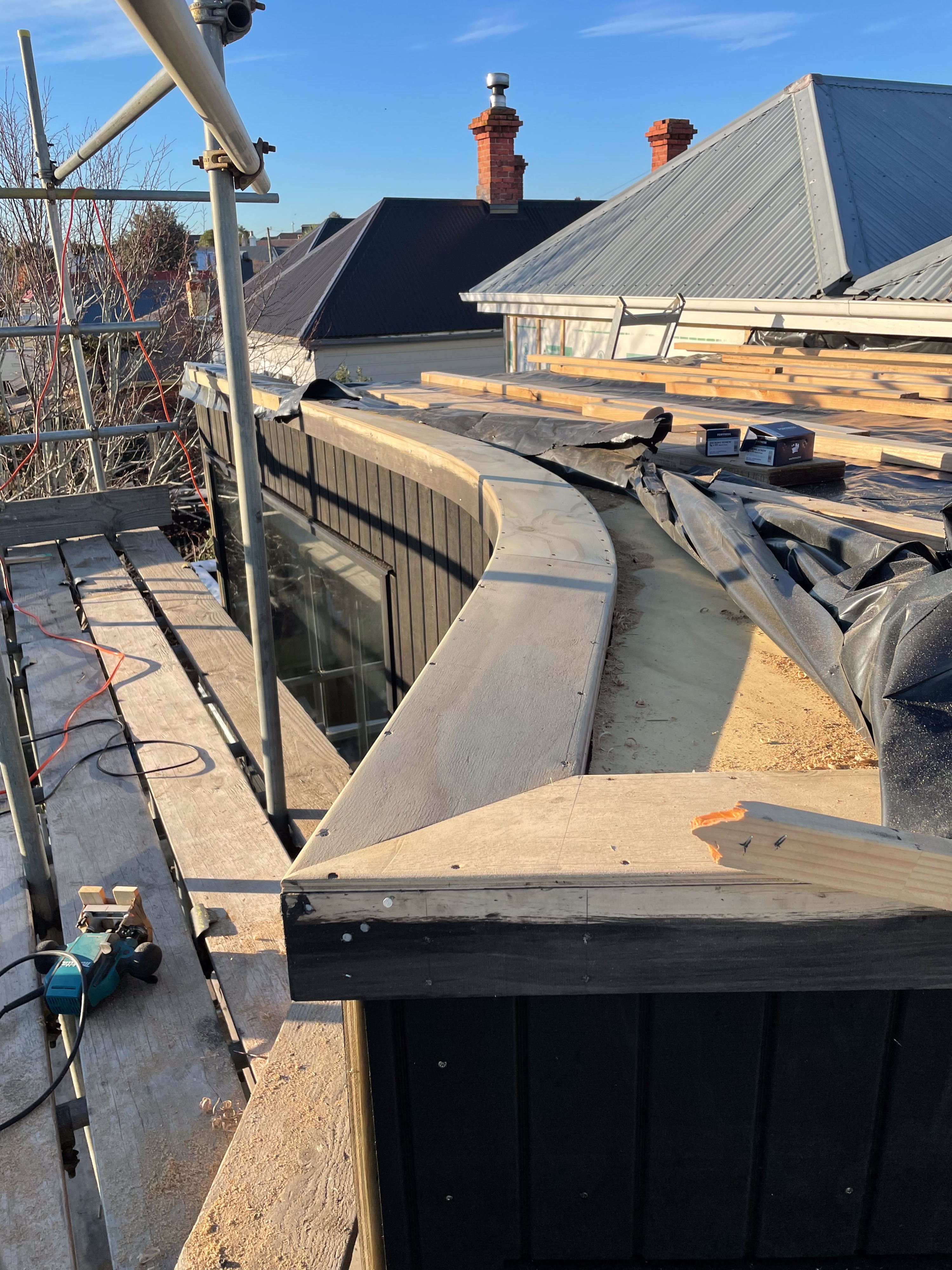
Roof scoop —
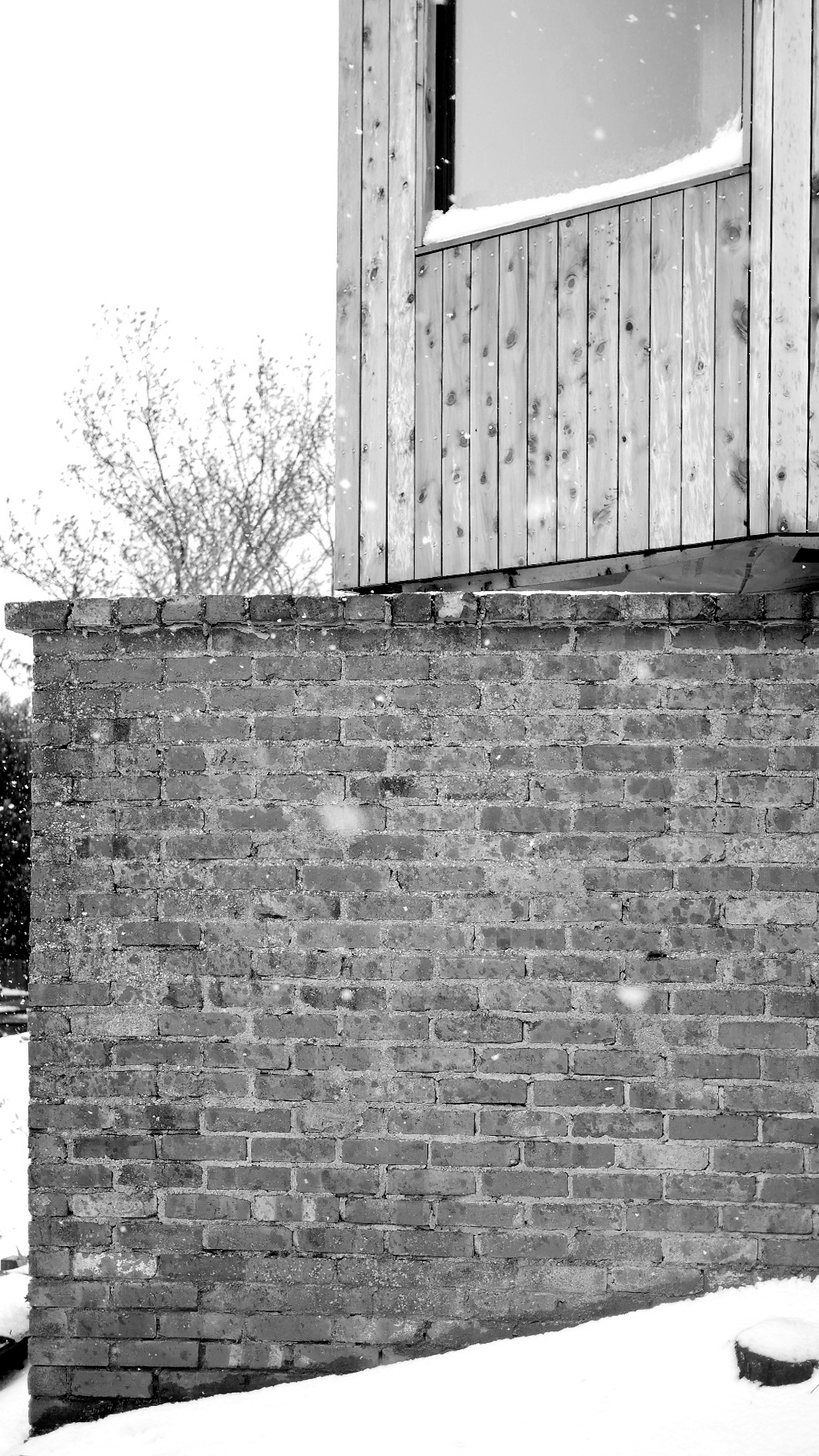
Snow during construction —
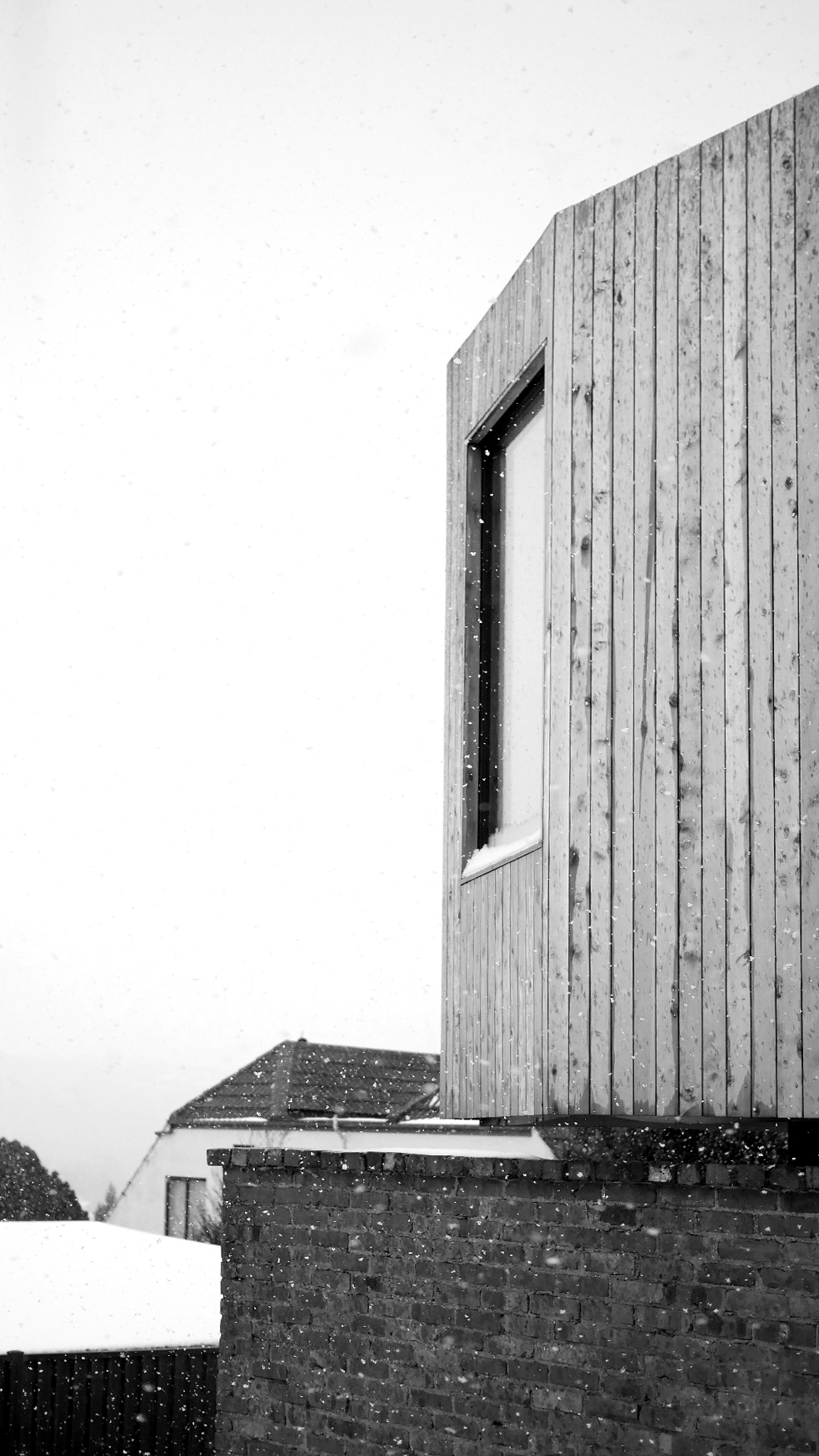
Information
-
Client
Private
-
Location
Belleknowes, Ōtepoti Dunedin
-
Year started
2021
-
Status
Complete
Weather Watcher - a 1920s villa that has undergone a deep renovation and alteration, transforming it into a contemporary and efficient family home.
The 1920s villa is located in the Greek Quarter, an alcove in Belleknowes Dunedin, on top of a hill overlooking Kiakorai Valley. With views over the valley and out to the ocean, the re-organisation of the house capitalises on its vantage point to take in the ever-changing weather.
The makeup —
On its 100th birthday, the original villa underwent a deep renovation, transforming it into a comfortable and efficient contemporary home that responded to the site's unique environment, which the original villa had turned its back on. The heritage elements of character value were restored and celebrated, while the remaining house was lifted to a contemporary living standard opening up to the sun and views, implementing high thermal performance, creating functional common spaces, strong connections to the landscape, and flexibility to allow for the ever-changing needs of contemporary life.
Dunedin’s heritage buildings and homes have long been recognised as the city's biggest asset, providing a strong sense of community and belonging to its people and maintaining an essential link between the present and the past for future generations. However, Dunedin’s housing stock has also been synonymous with substandard living conditions- cold, damp, draughty and uninsulated houses leading to severe health and well-being issues for their occupants and an economic burden to service. The Weather Watcher addresses the importance of heritage preservation and the need to uplift our housing stock to be fit for contemporary life and future generations.
Regenerative Design Aspects —
Measured against a baseline house and BRANZ carbon budget, The Weather Watcher had a target to significantly out perform a typical newly built home in NZ. From an operational energy and carbon perspective the house outperforms the baseline by 50%, while becoming over 3 x more efficient than the original villa. The embodied carbon (A1-A5) is close to half of what the baseline build would be. The Life cycle carbon significantly out performs a baseline house and could be improved further with the introduction of on-site renewable energy.
The Design —
The entry-level contains the main spaces of the house - 3 bedrooms, bathroom, kitchen & dining, lounge and terrace. The front facade, entry and two bedrooms of the original villa have been restored, with the spaces fully insulated, sash windows reglazed, weighted and air sealed, and a new mosaic entry step celebrating the villa's ornate detailing. The new living spaces to the rear of the house open up to capture much-needed all-day sun, framing a series of short and long views. The outdoor terrace sits amongst the garden’s existing mature tree canopy. An inbuilt couch in the lounge captures views out to the hillside and down the valley to the ocean- a spot to hunker while watching the weather roll in from the south.
The lower level contains the utilities as well as a flexible space with an additional bathroom. The flexible space can take on different forms depending on the occupants' needs - a home studio, a second living space, a fourth bedroom or a studio apartment. A series of short views are formed around existing brick landscape walls and considered vegetation; the space flows out to a newly formed courtyard surrounded by native planting, enhancing ecology in the urban plot.
- Key Spaces
- Kitchen Dining
- Bathroom
- Lounge
- 3 Bedrooms
- Flexible Space
- Terrace
- Morning and Afternoon Courtyards
- Laundry
Materiality —
The material palette is simple and draws from the period of the existing villa. The interior floors have been restored using Miro, a native timber sourced from naturally fallen trees, with Joubert Gaboon plywood panelling and cabinetry used to complement the tones and textures of the Miro. The bathroom's tiled in terrazzo references the house’s 1920s character. Prioritising circular construction methodologies, timbers salvaged from the demolition have been utilised throughout the home. Macrocarpa has been used for the contemporary addition, contrasting the villa the timber is left to silver, accentuating the effects of the weather over time.
The result —
While contemporary, the exterior form of the addition takes cues from the ornate detailing of the villa. A gentle curve helps create the geometry to capture the view towards the valley, creating a softening of light on the interior while creating a sharp form meeting the weather on the exterior.
The deep renovation has transformed the 100-year-old villa into a contemporary home, emphasising healthy, circular and sustainable outcomes whilst celebrating its heritage character and environmental connection. The regenerated villa can now live for another 100 years.
Project Team —
Structural Engineer — Steve Macknight Engineering
Carpentry & Landscaping — Tony Calder (Designer & Carpenter), Rodger Calder, Julia Smith
Photography — Mickey Ross
Achievements —
Te Kāhui Whaihanga New Zealand Institute of Architects — 2025 Southern Local Award.